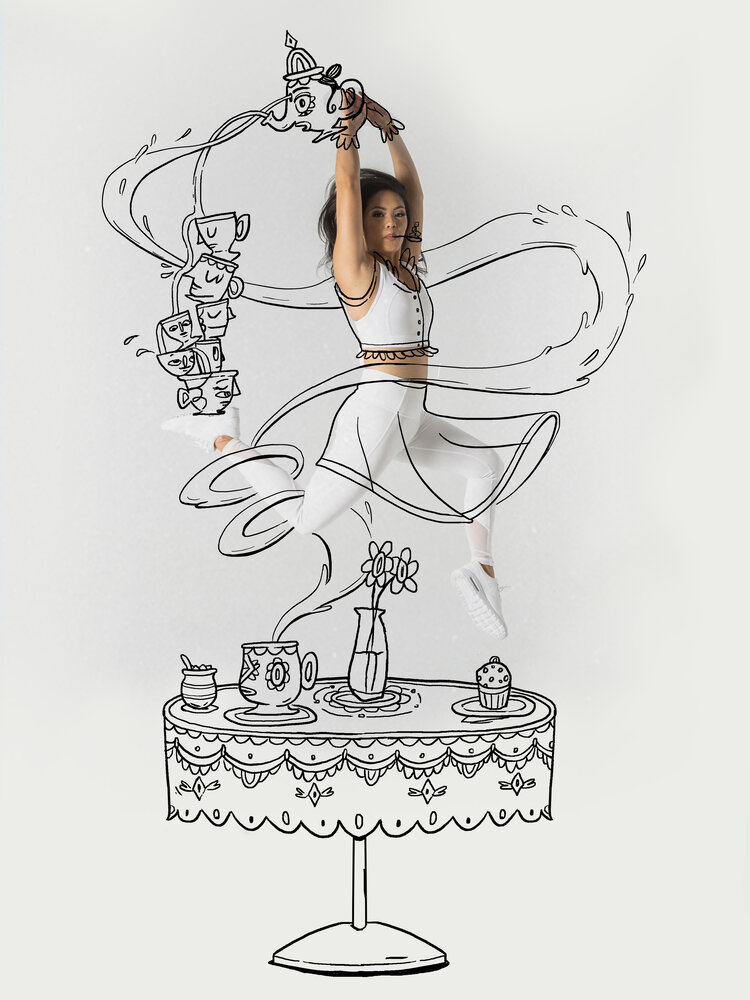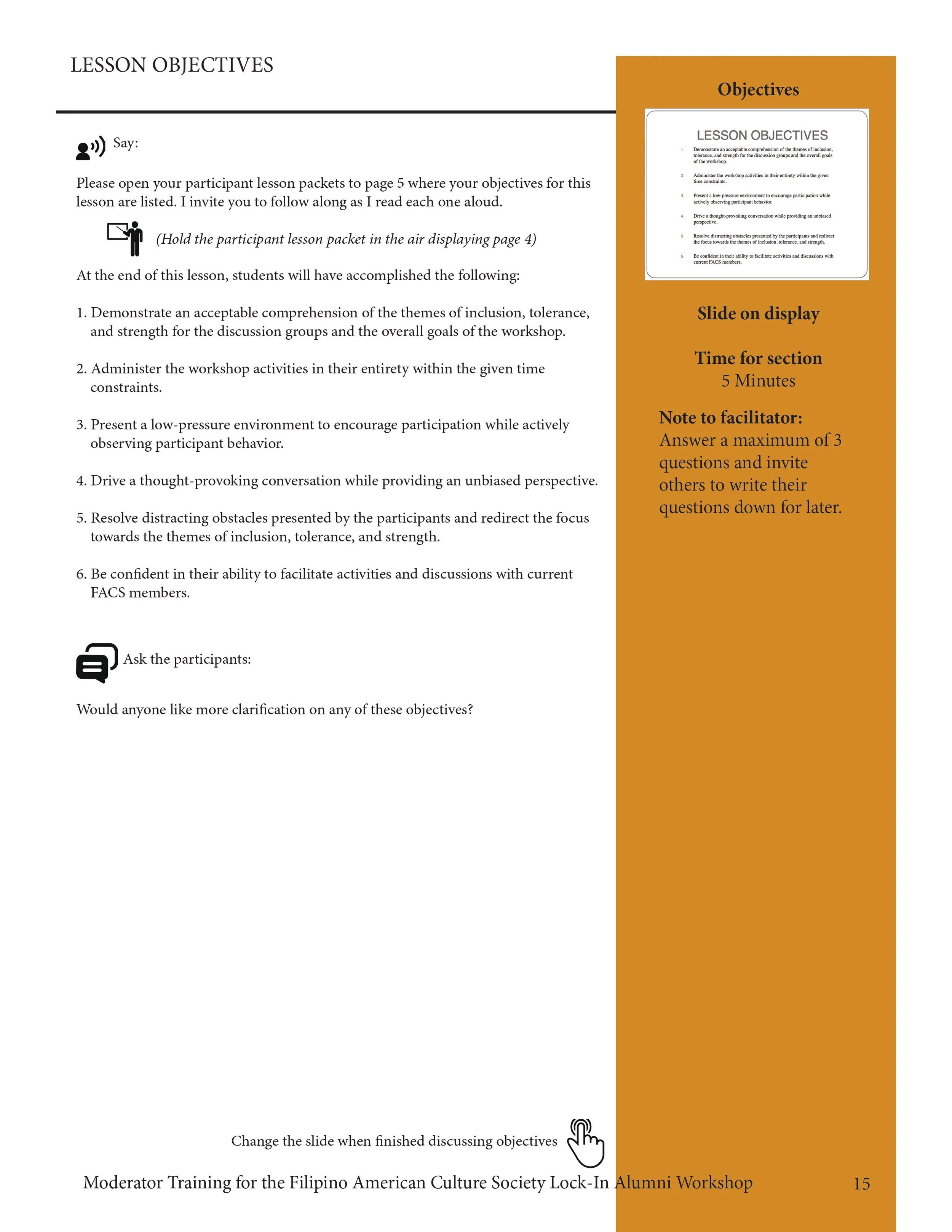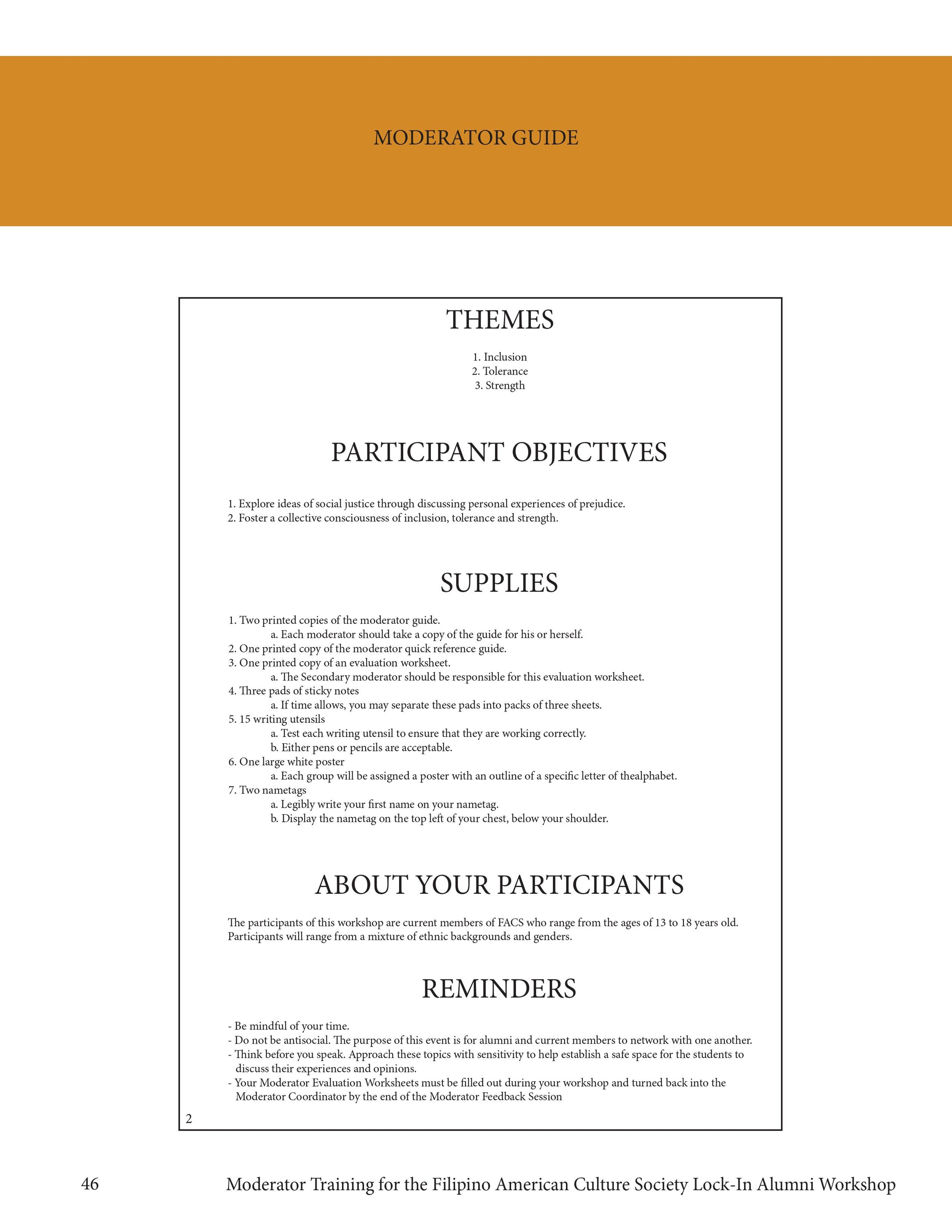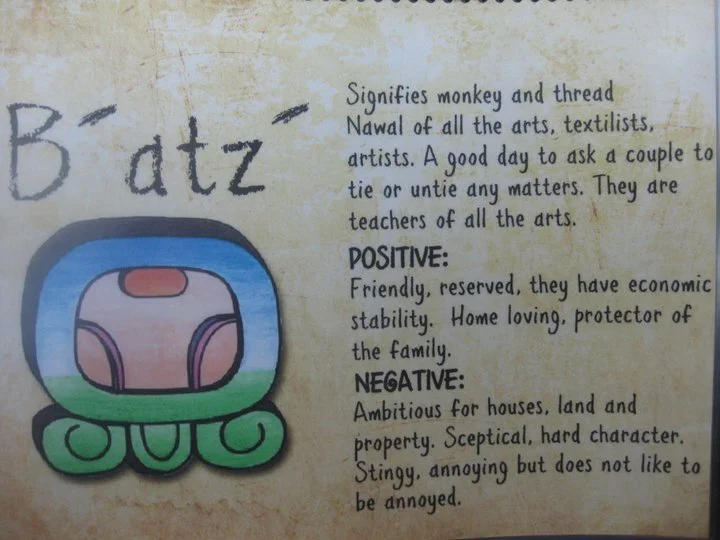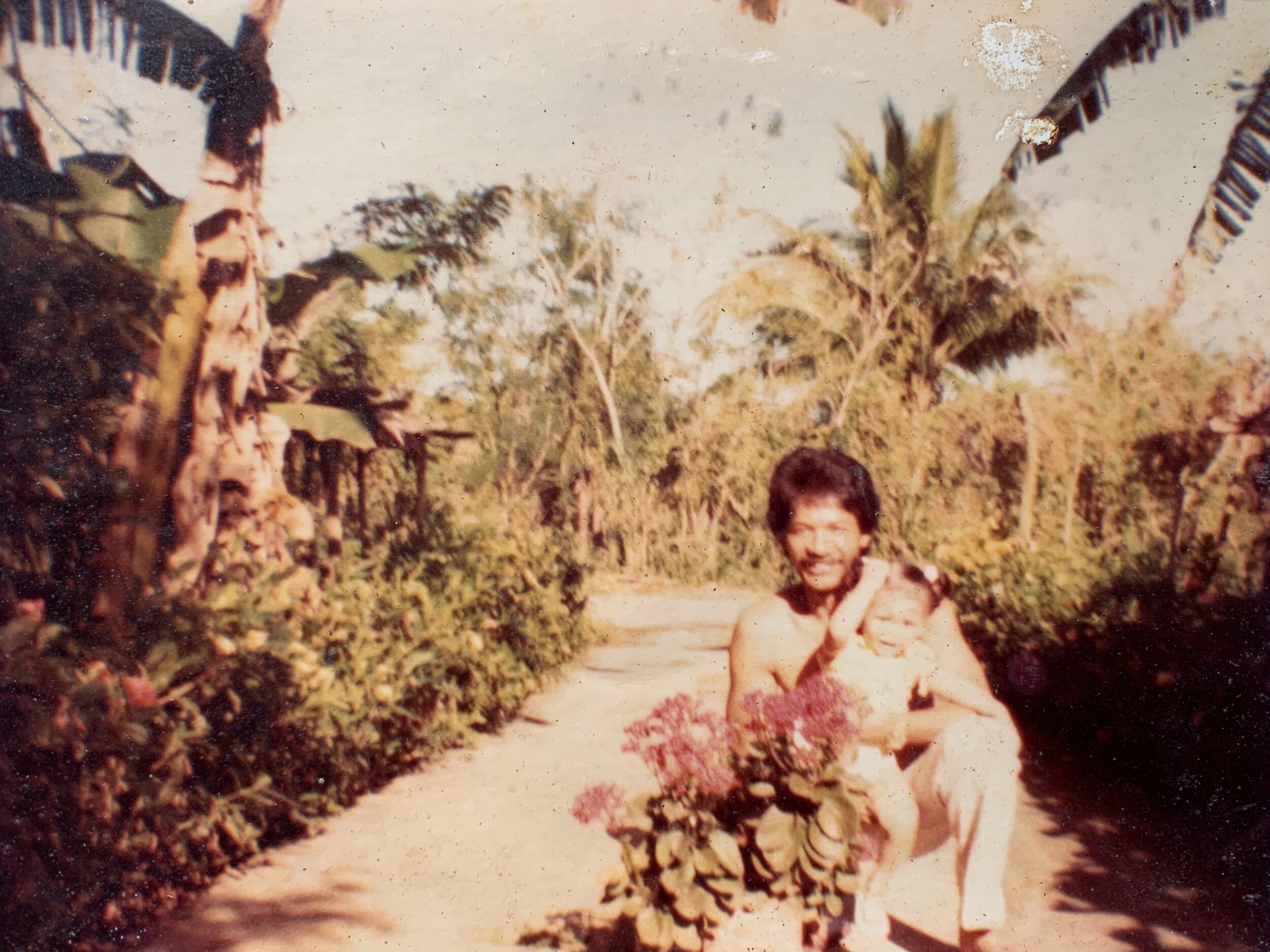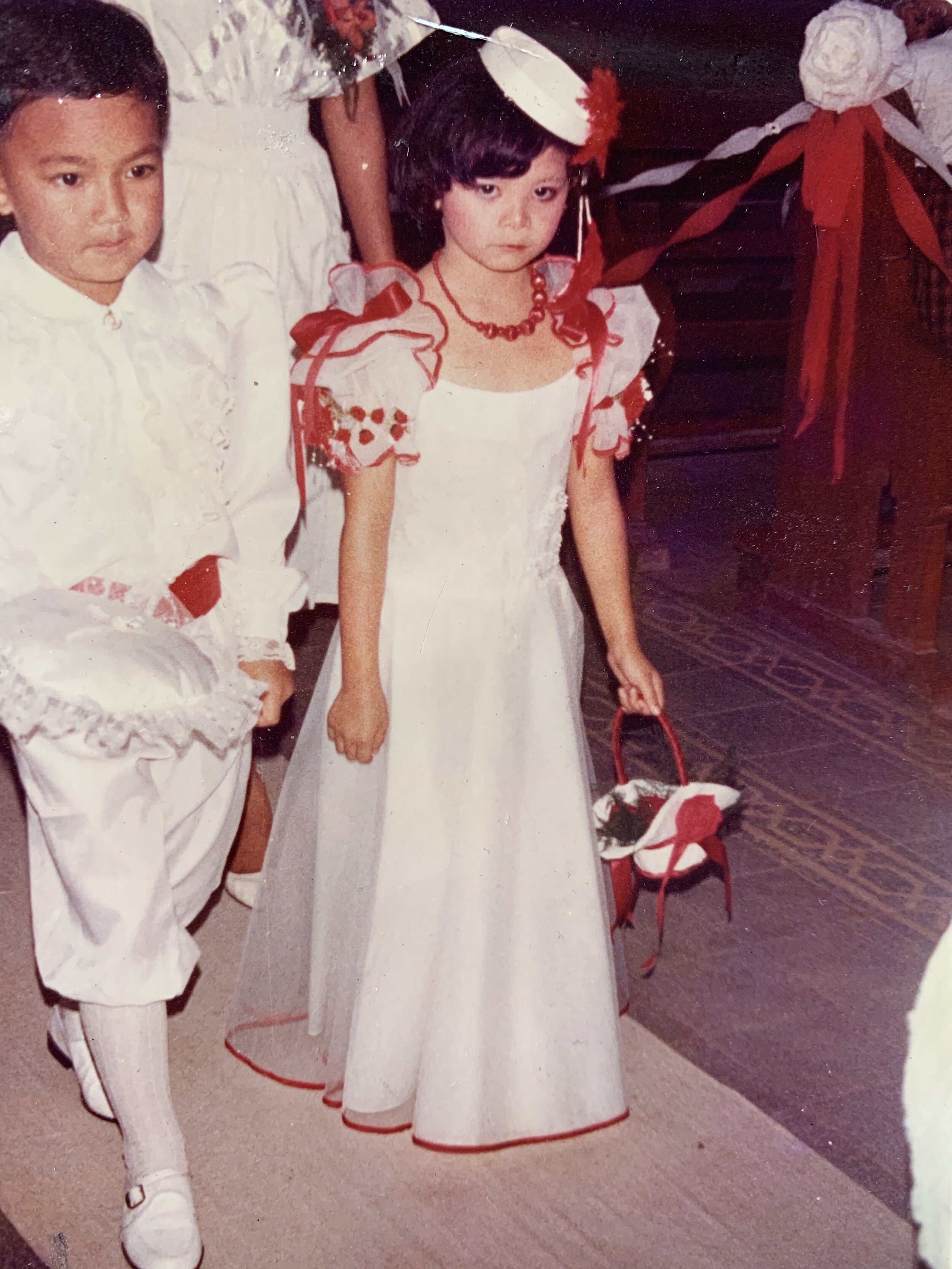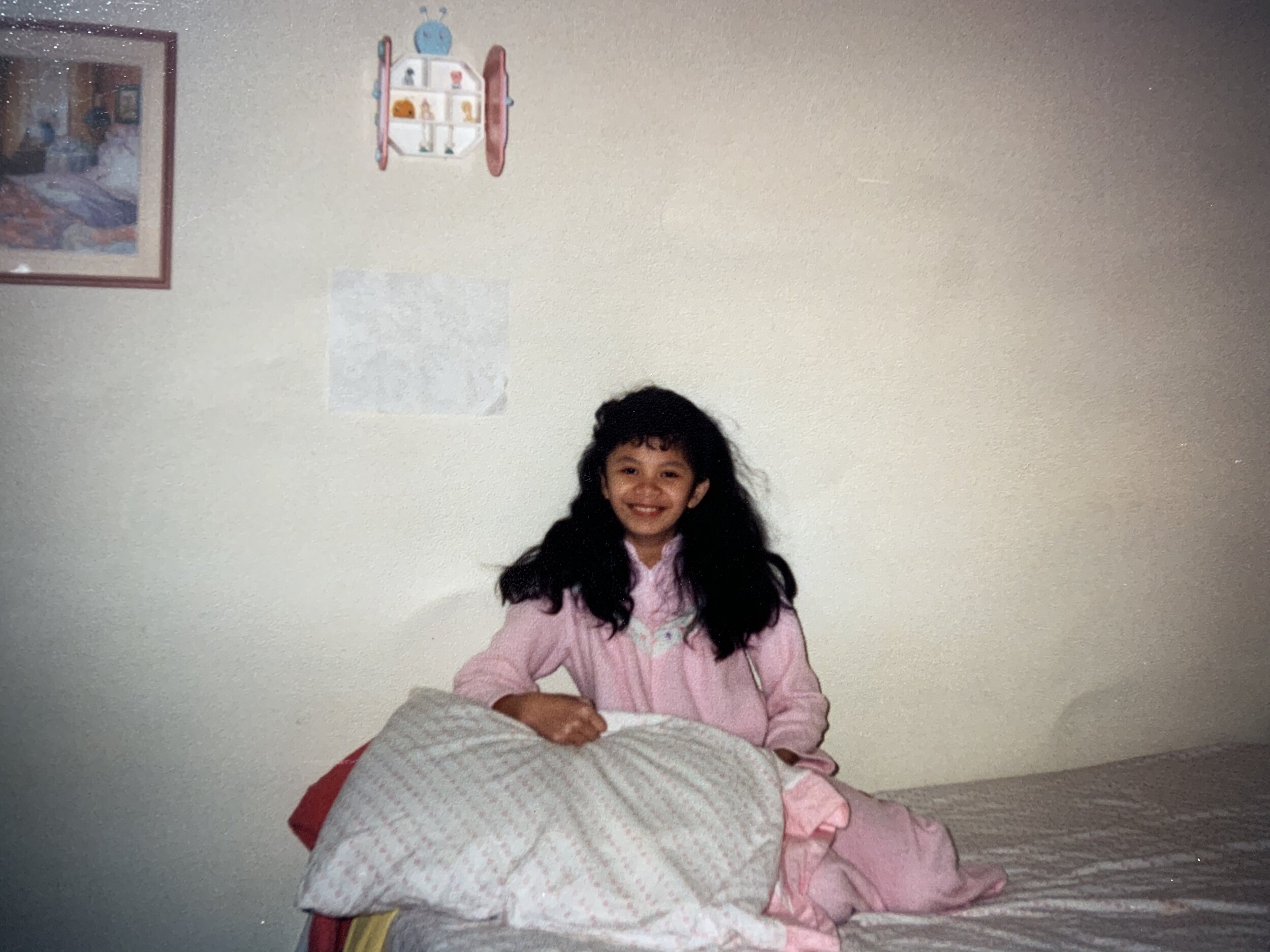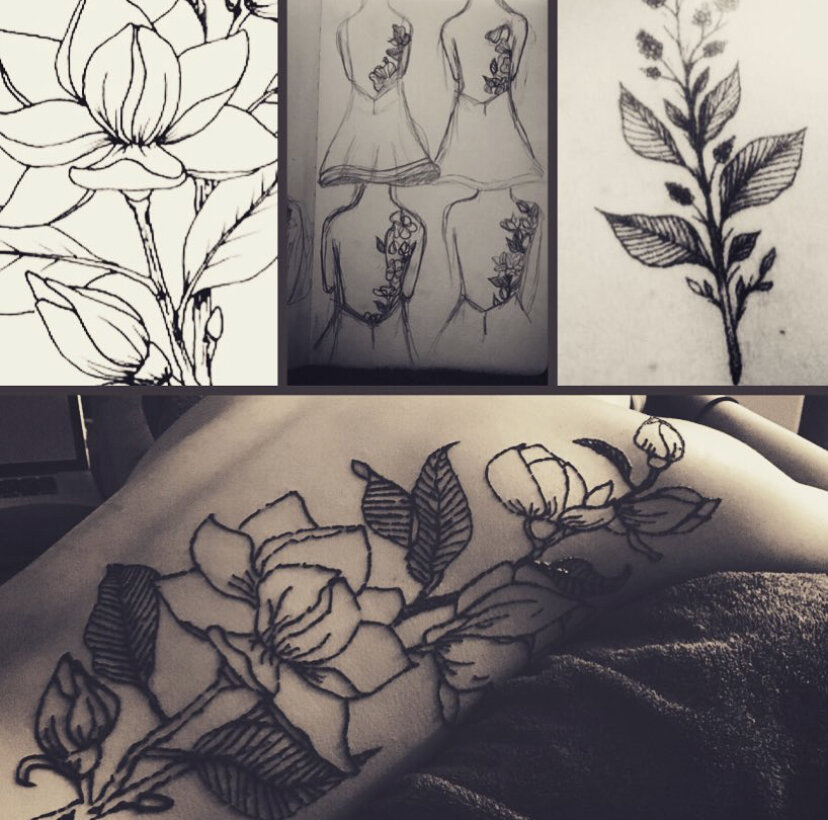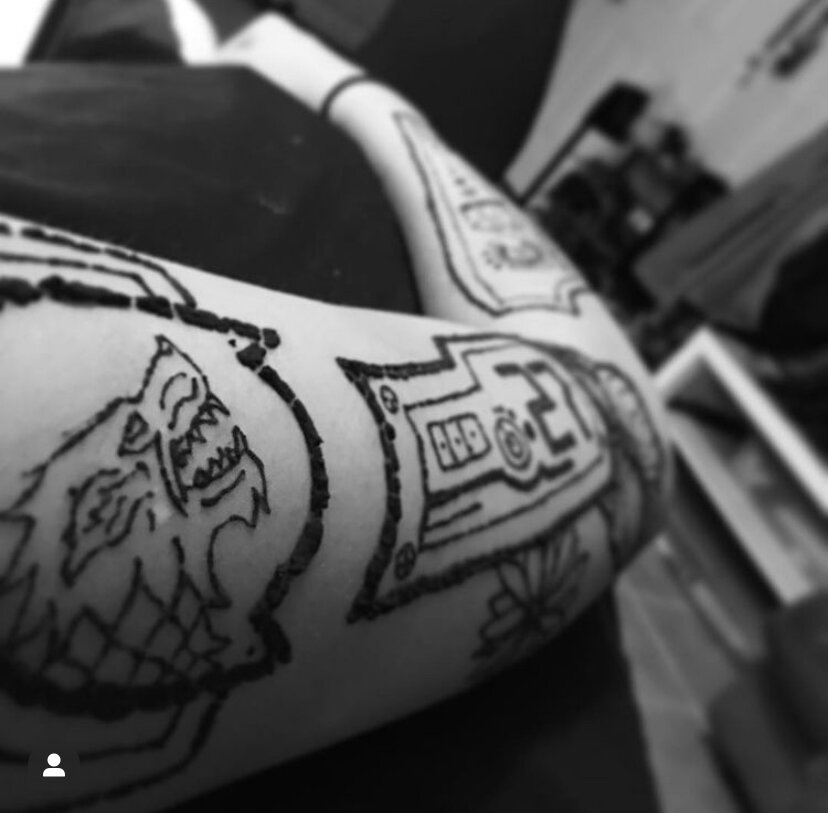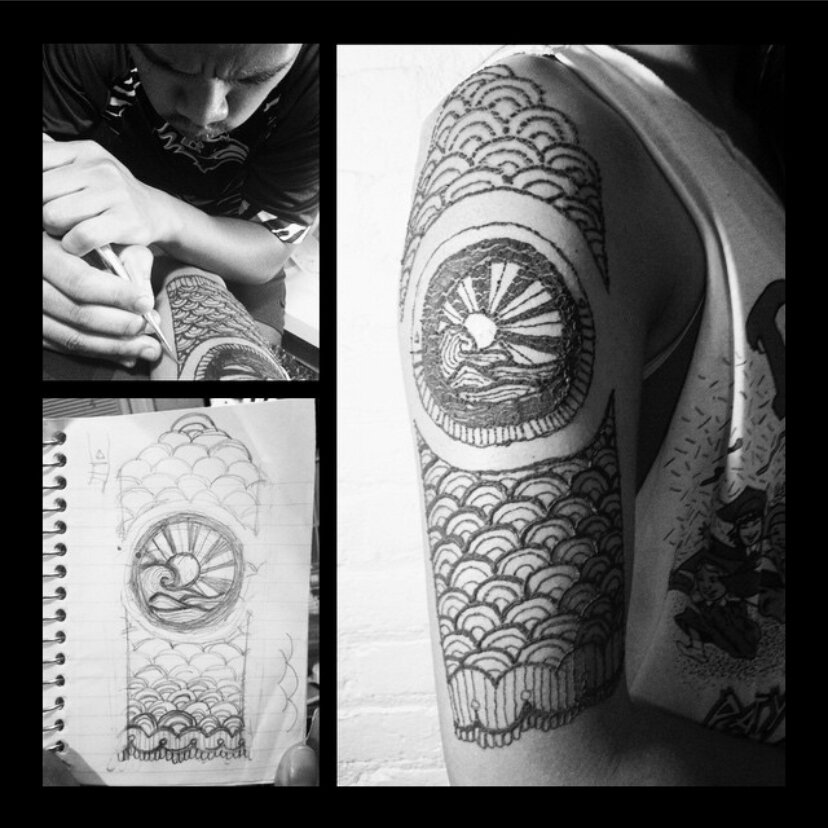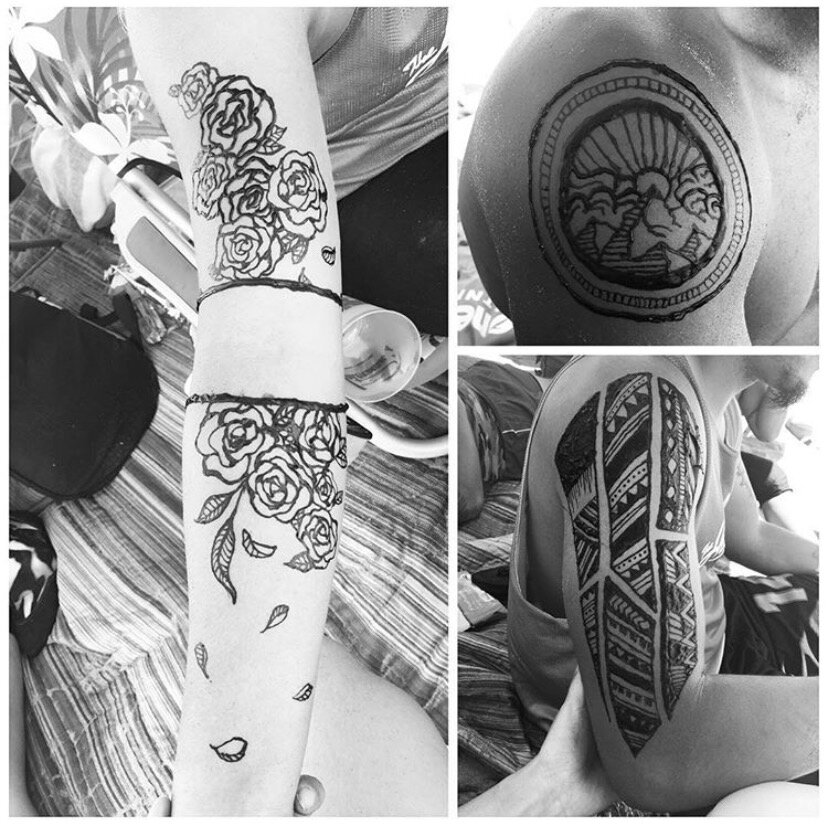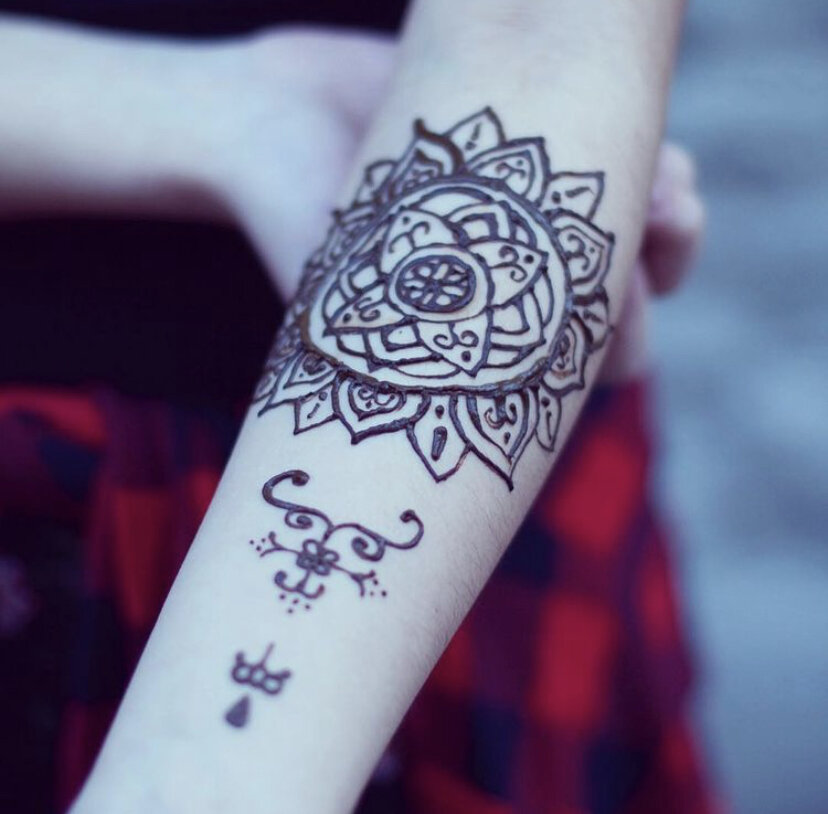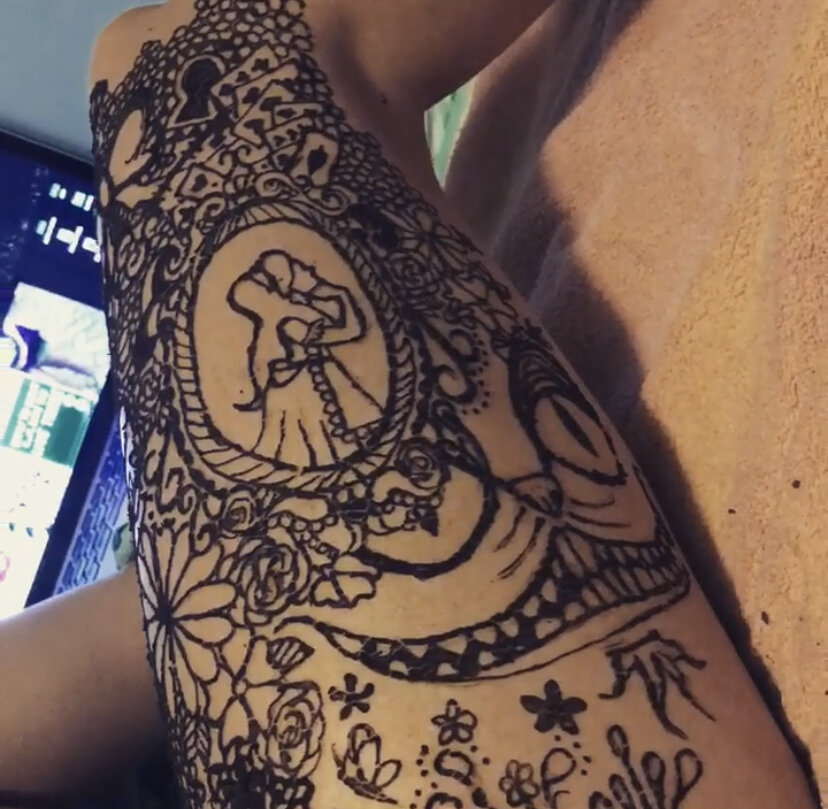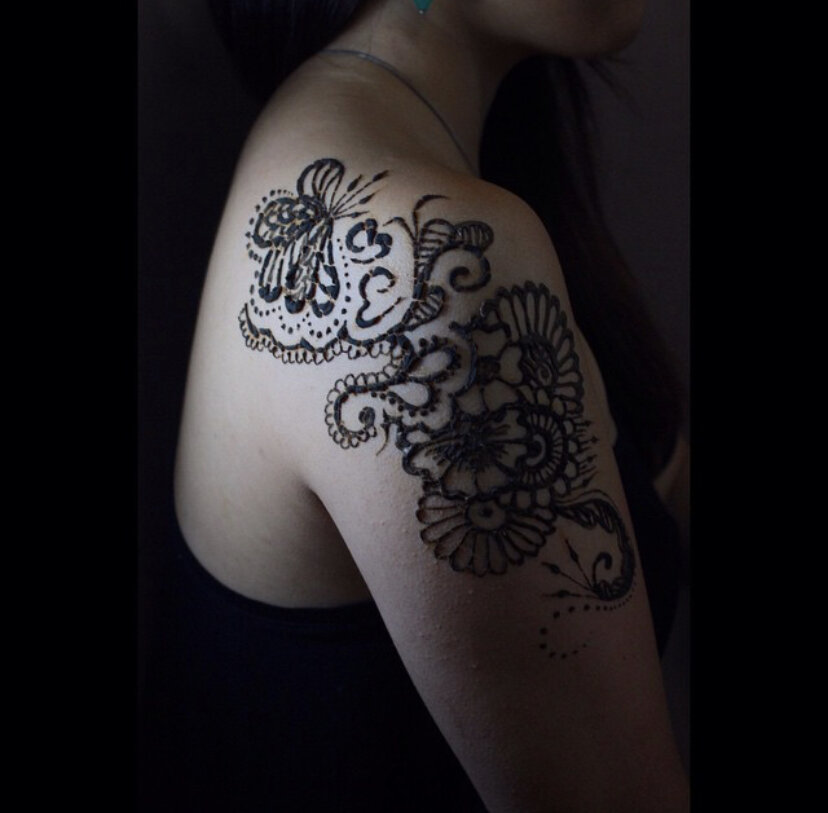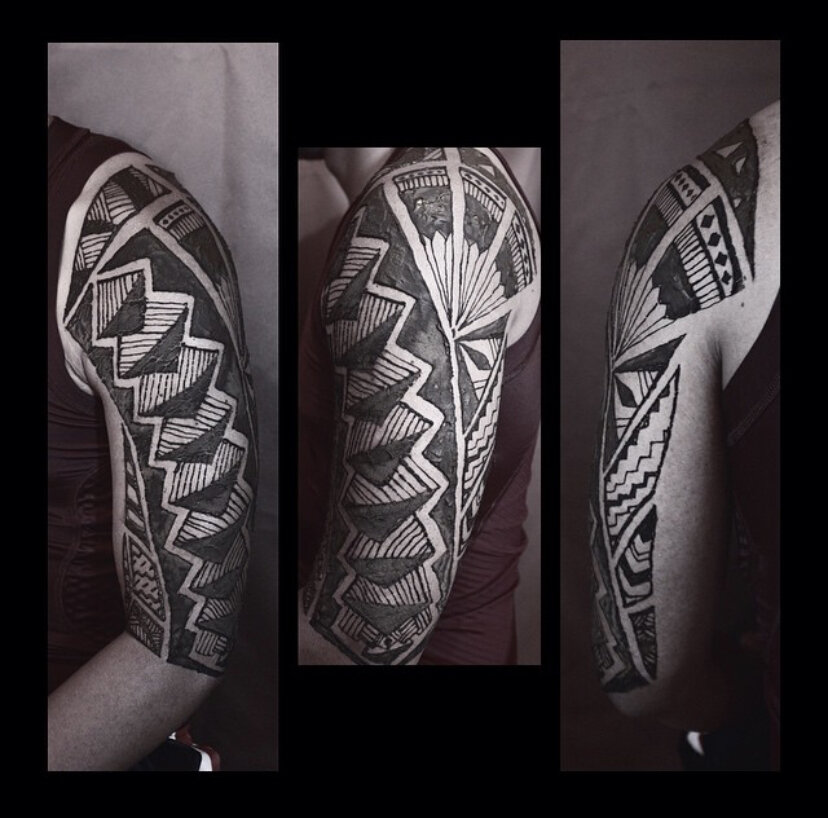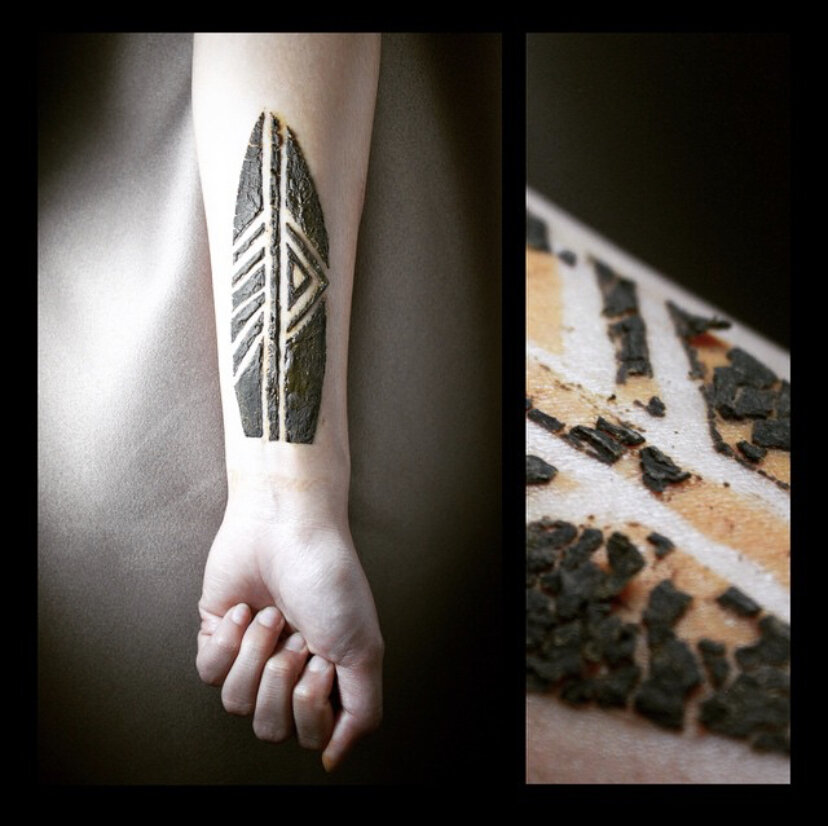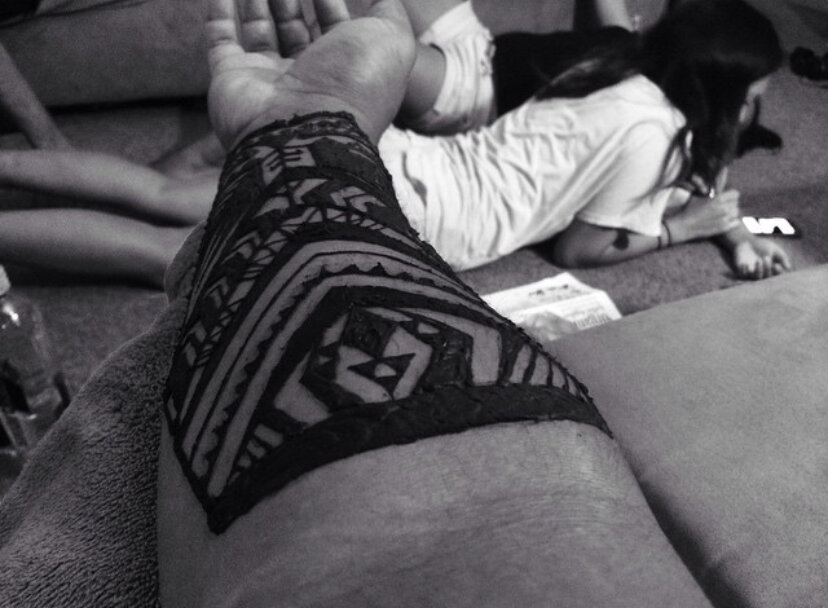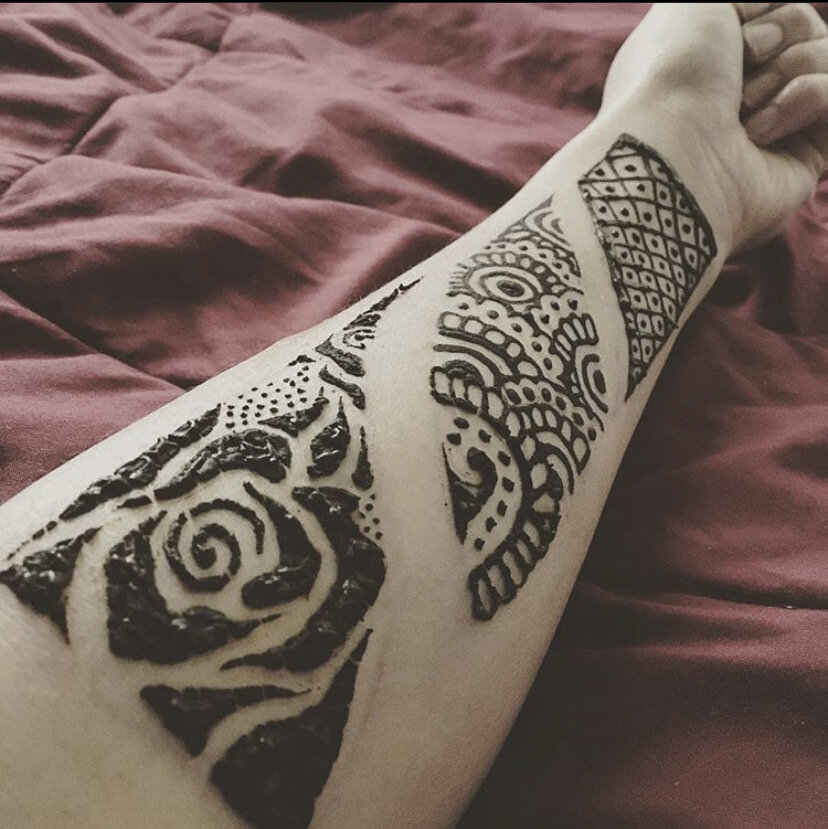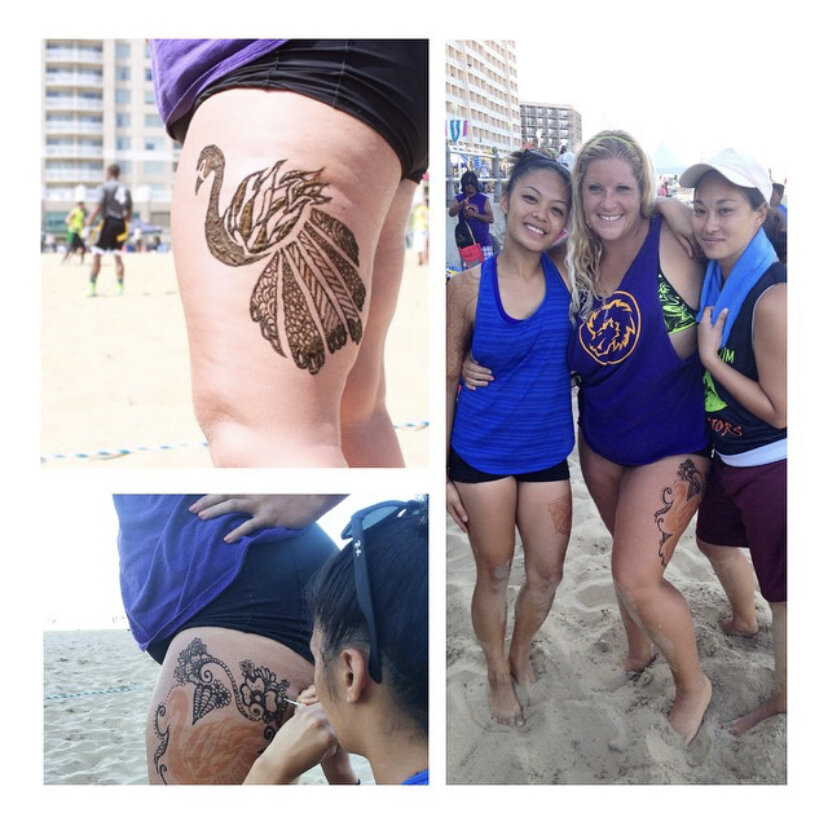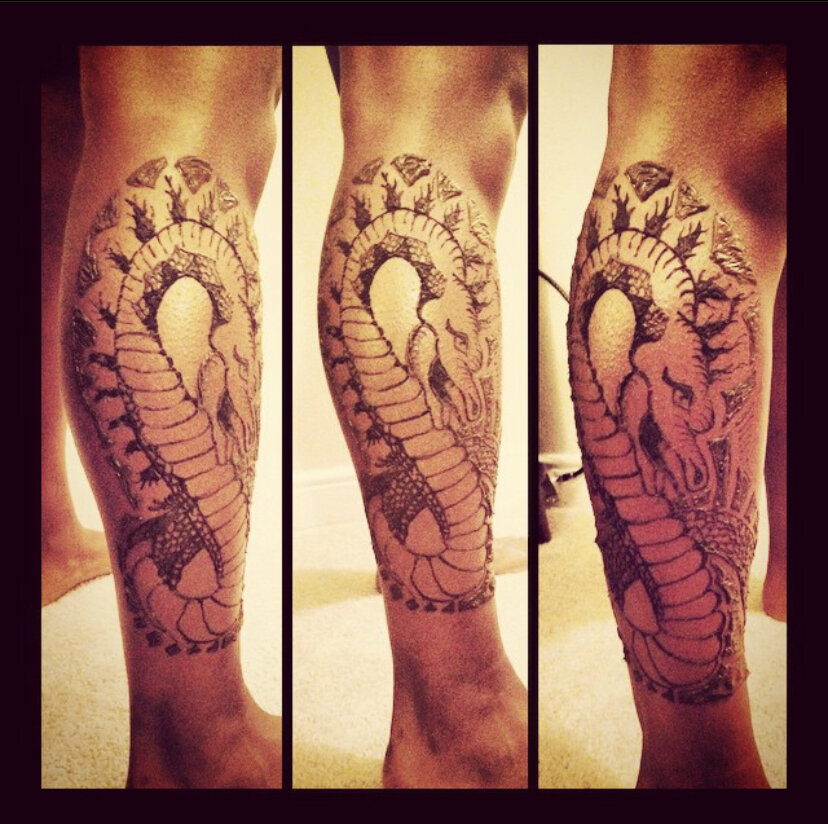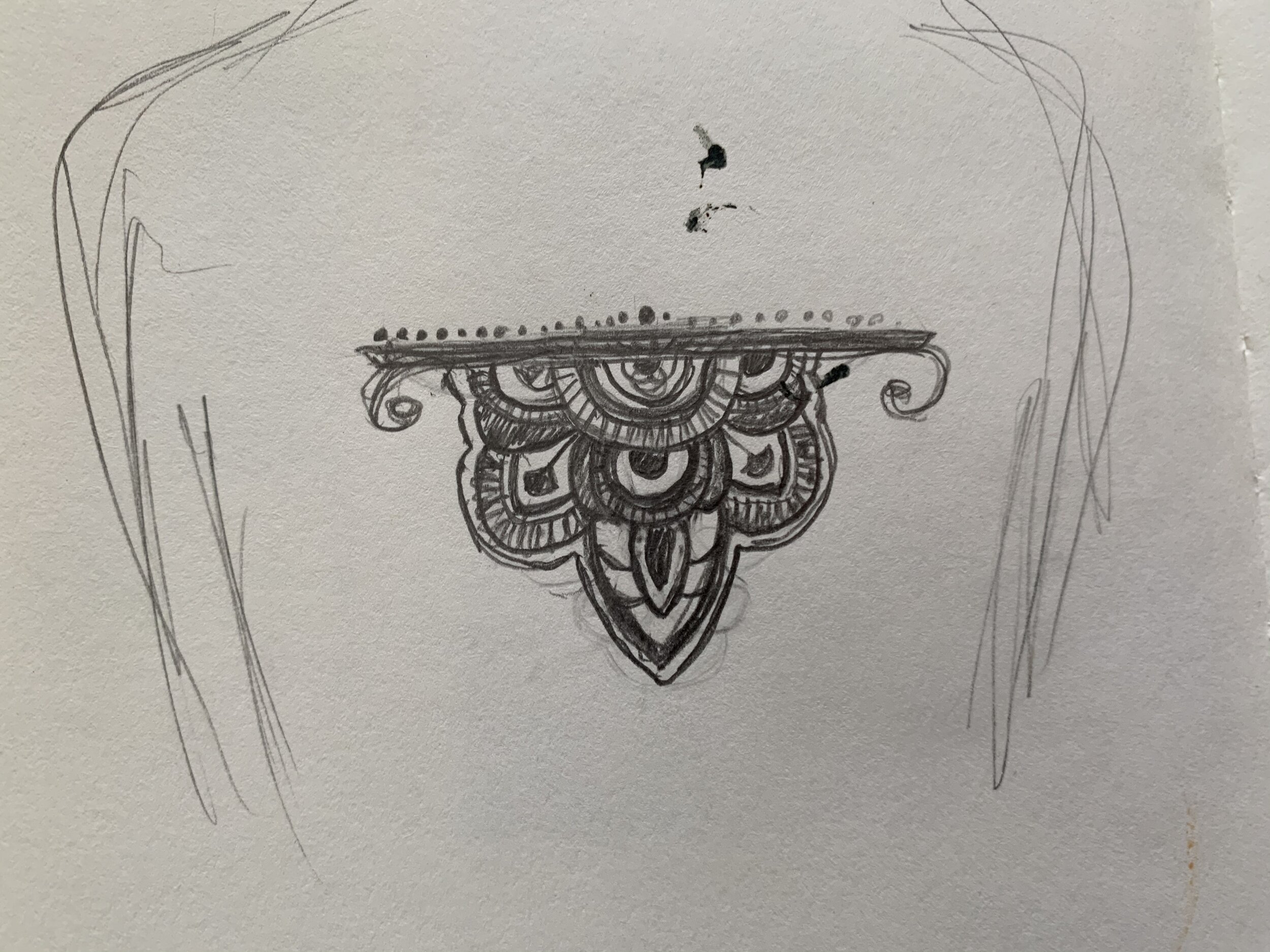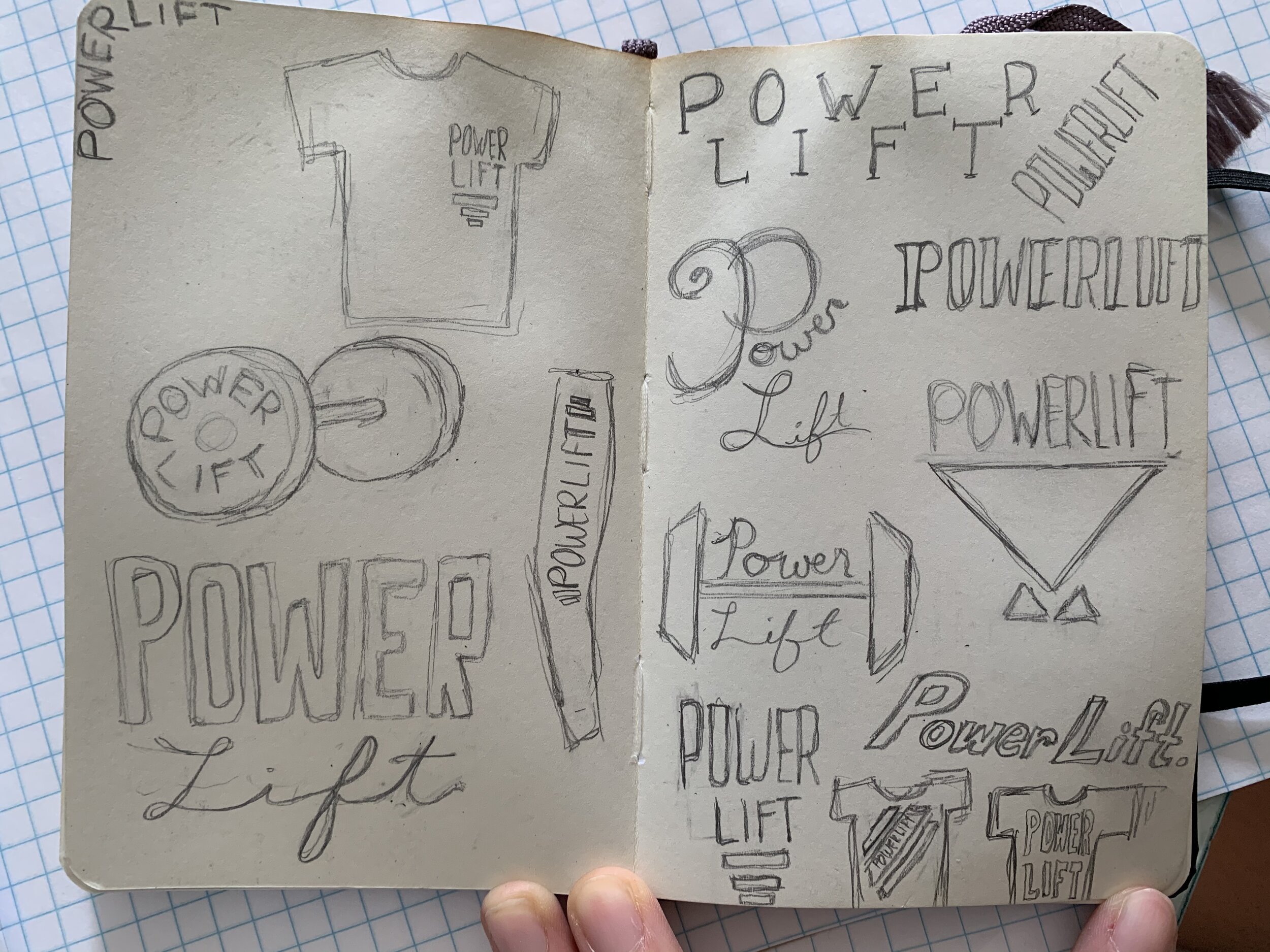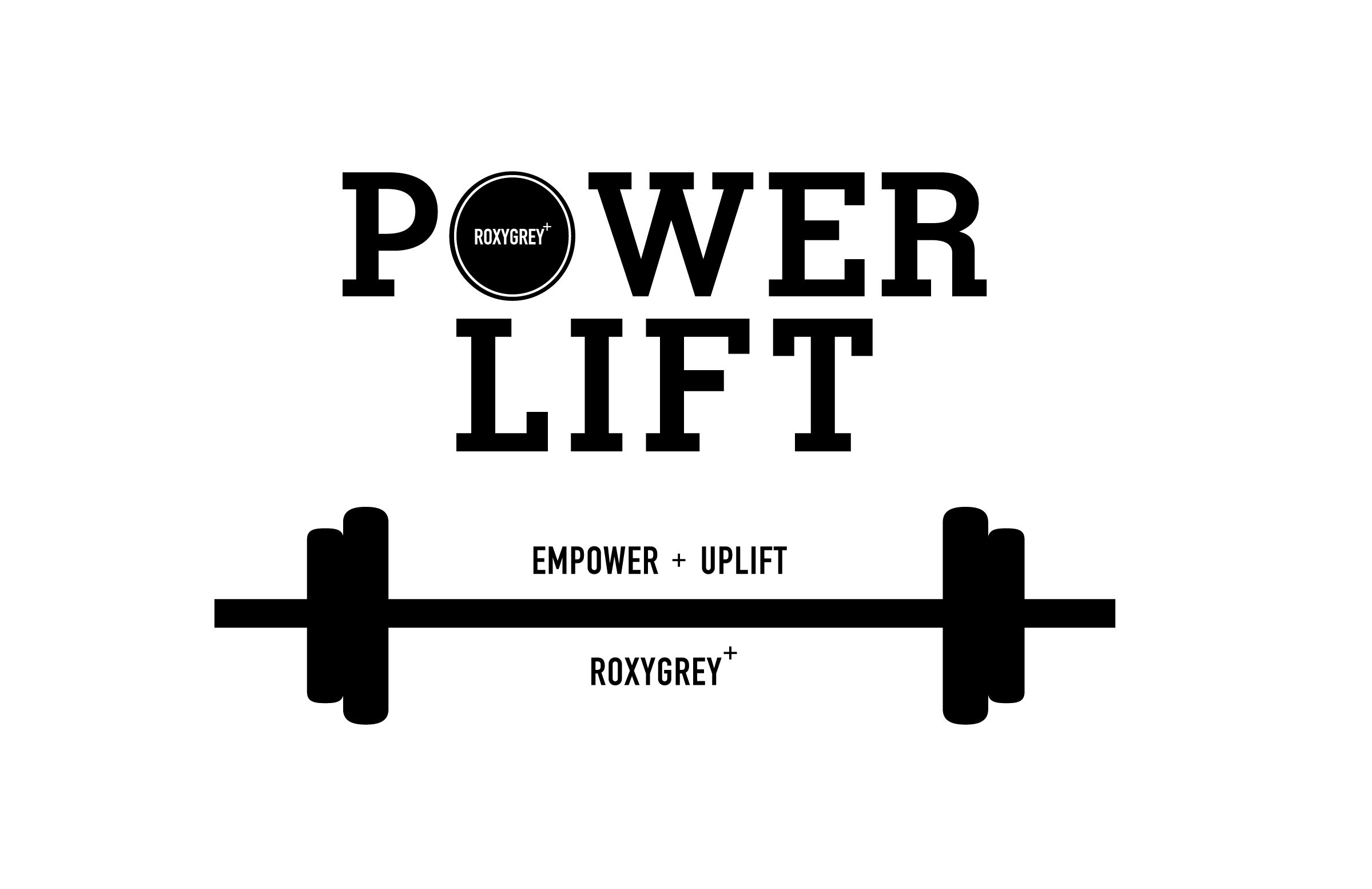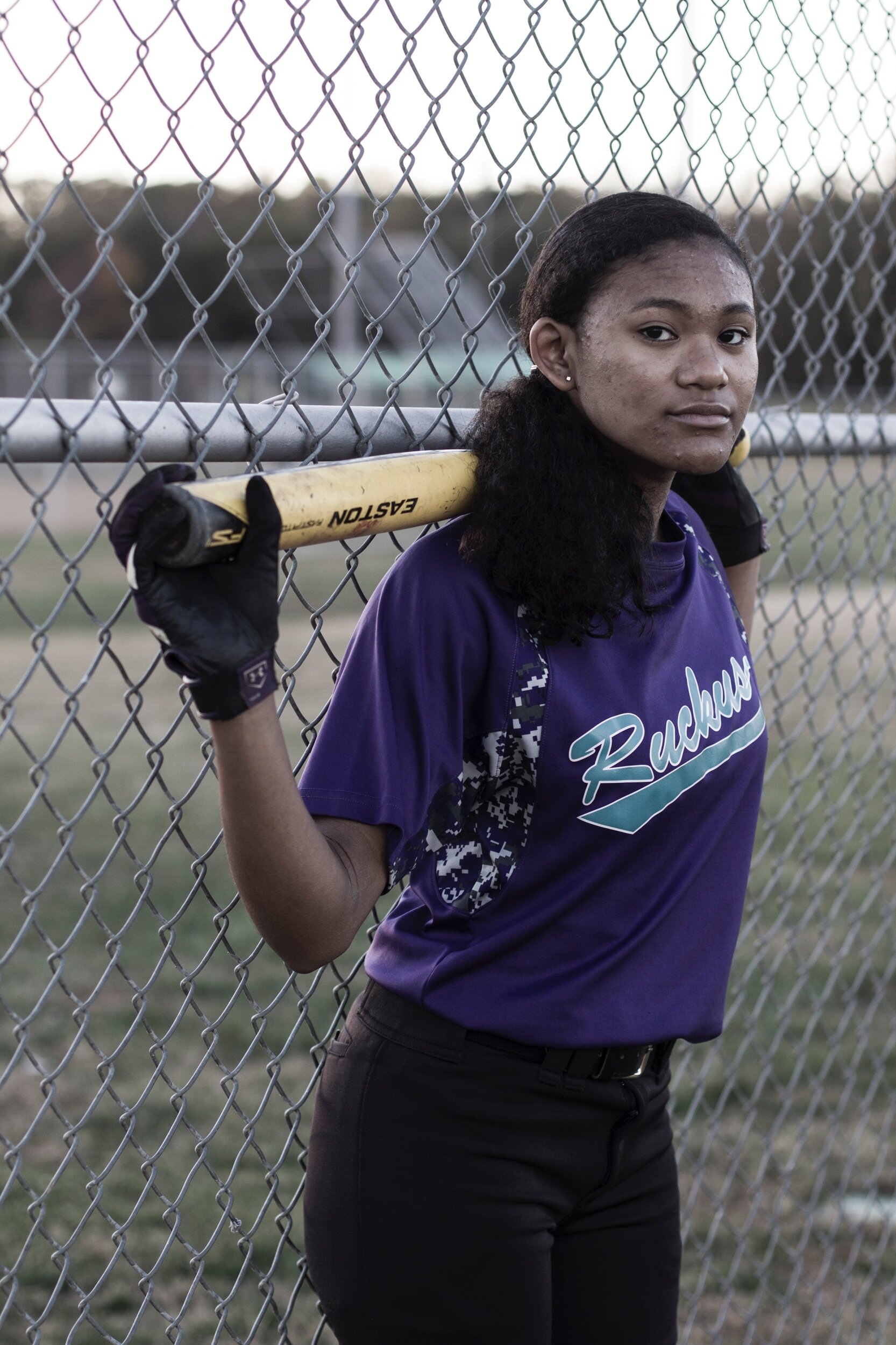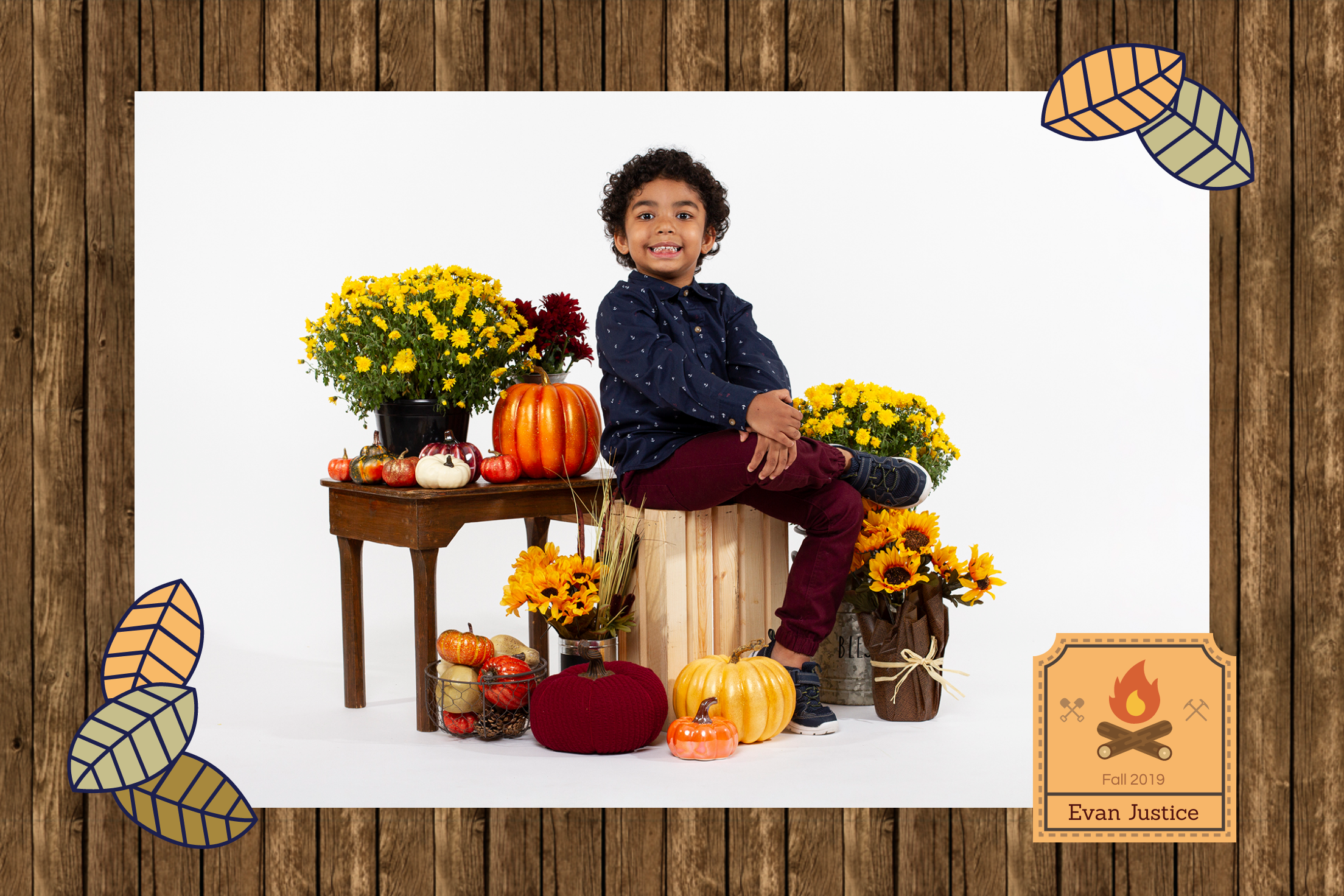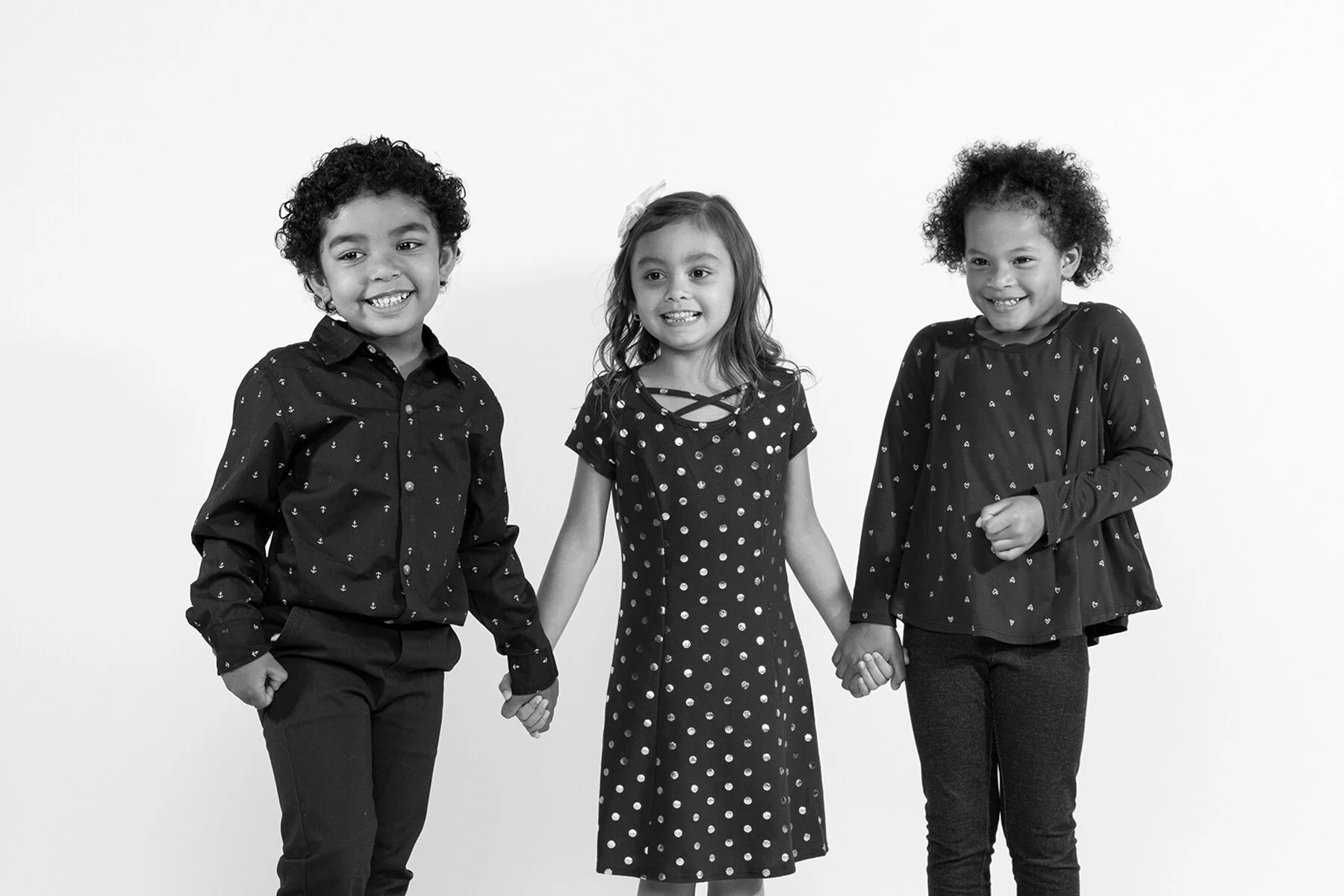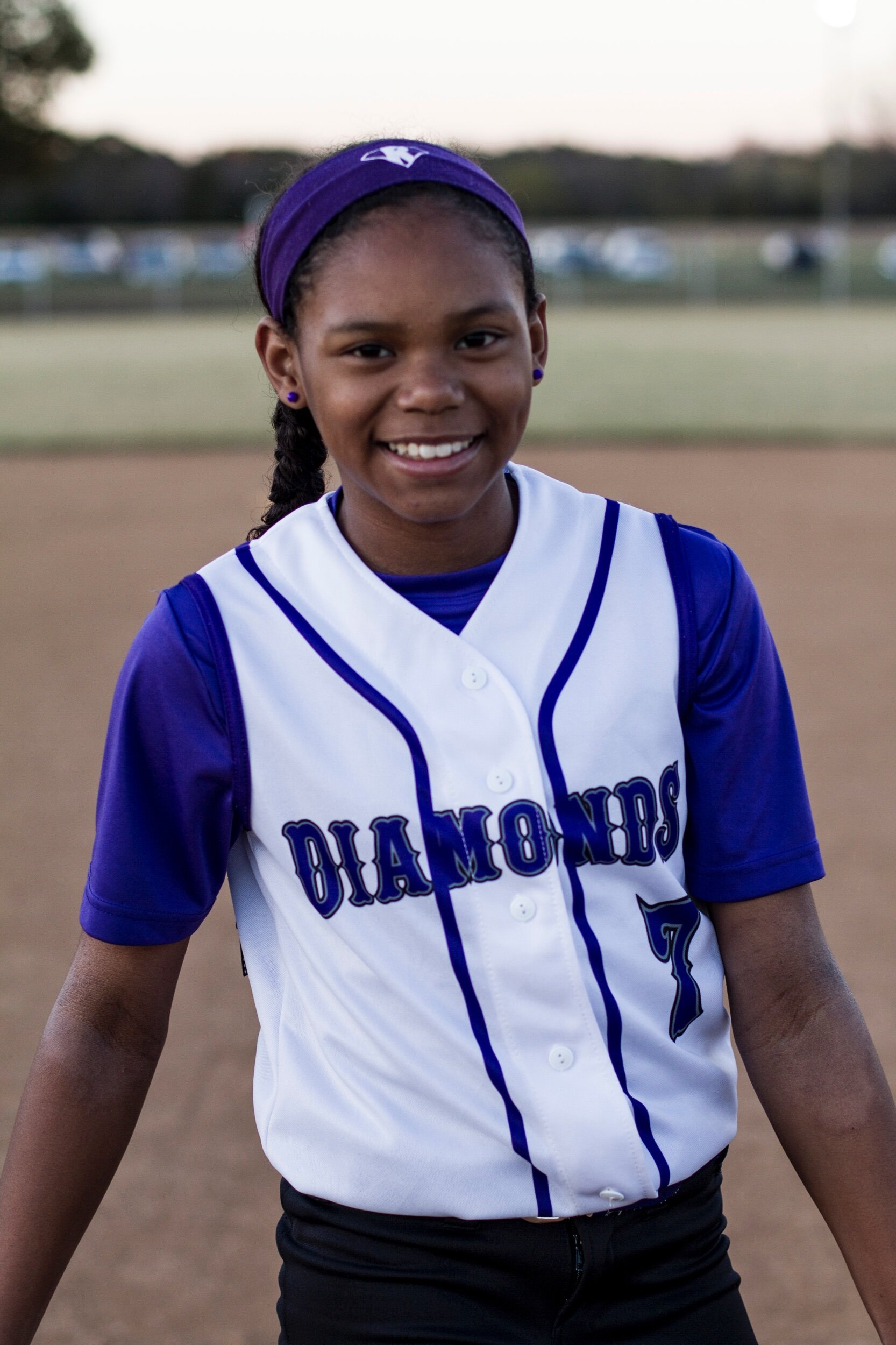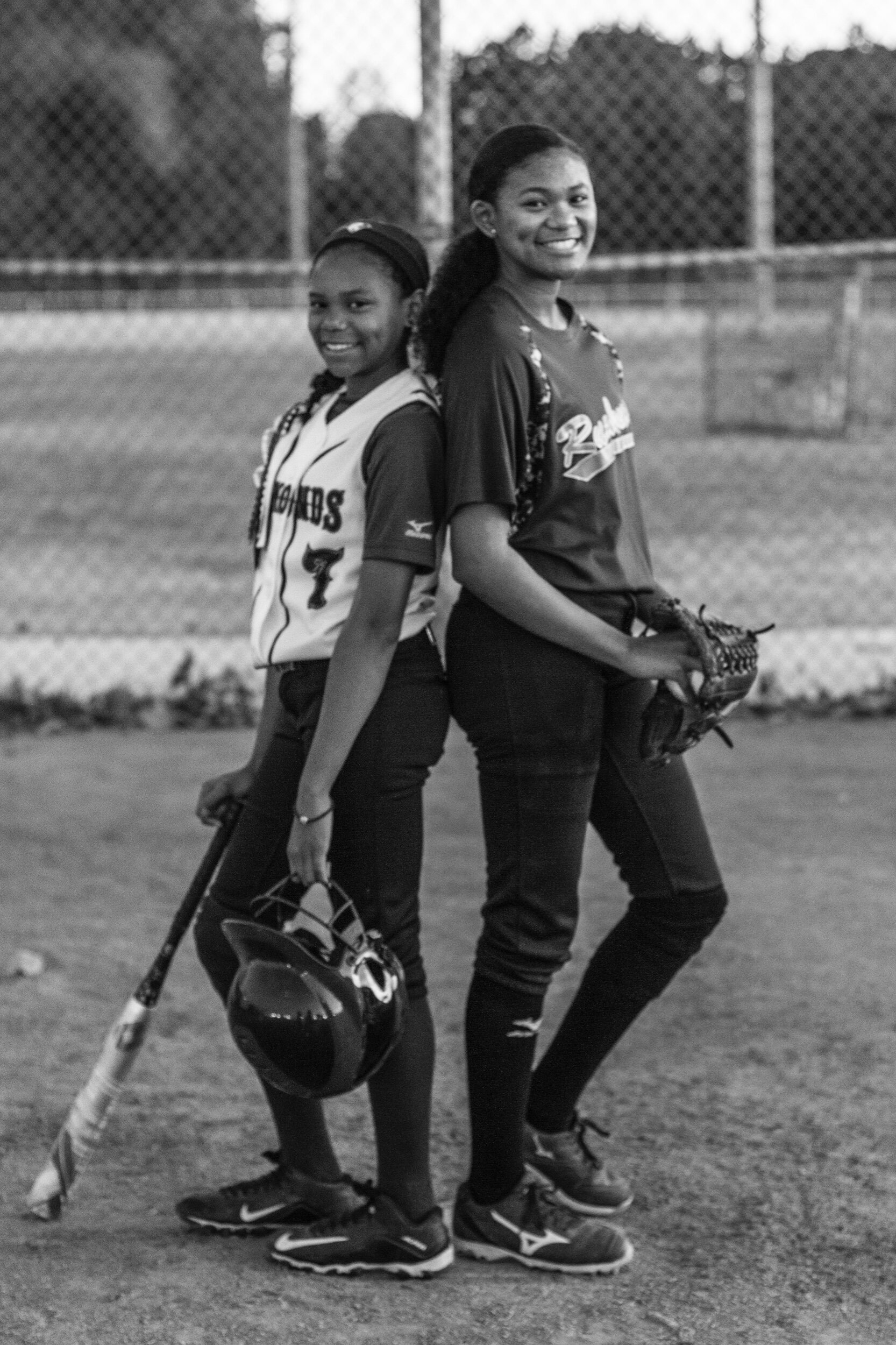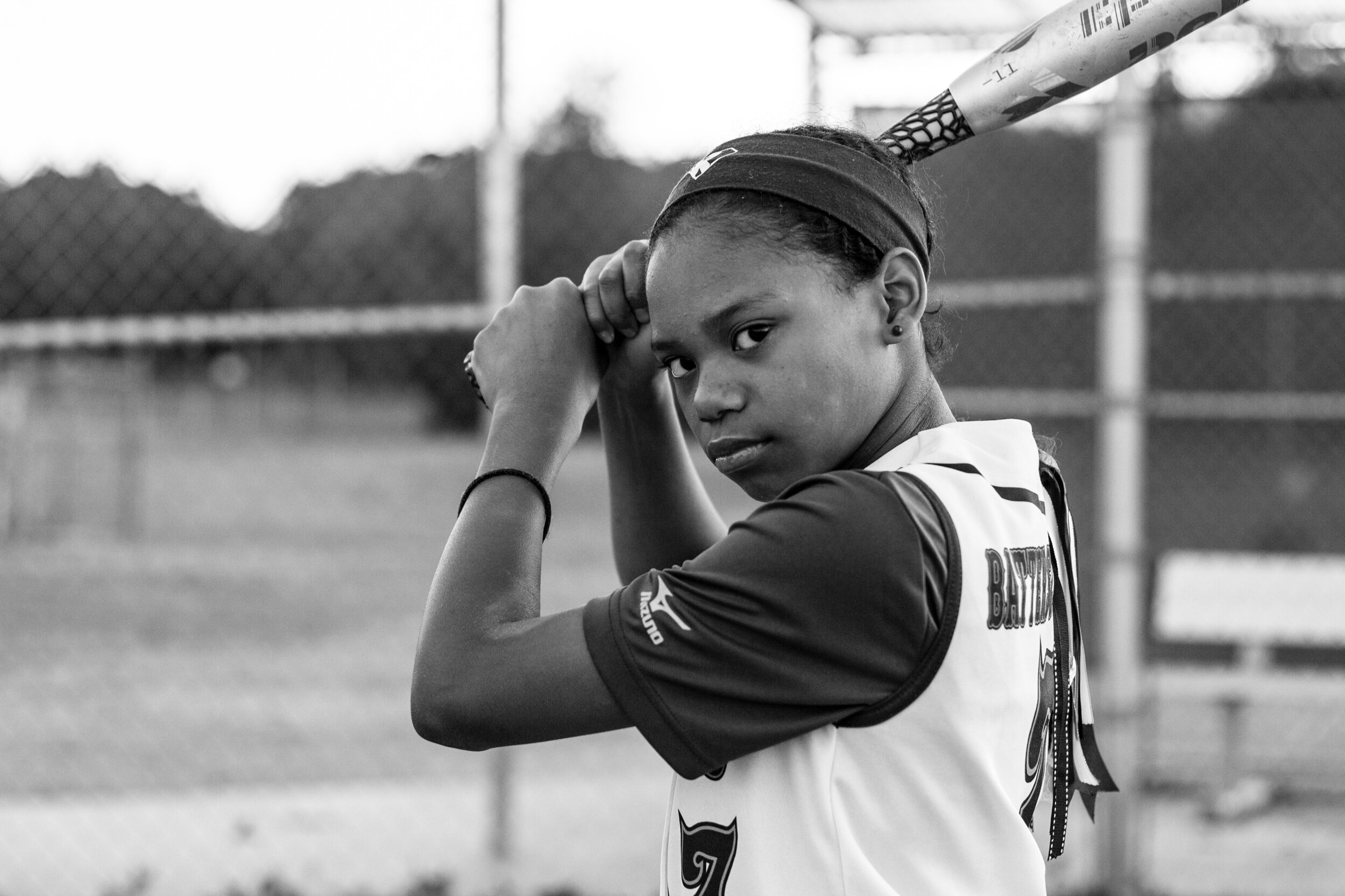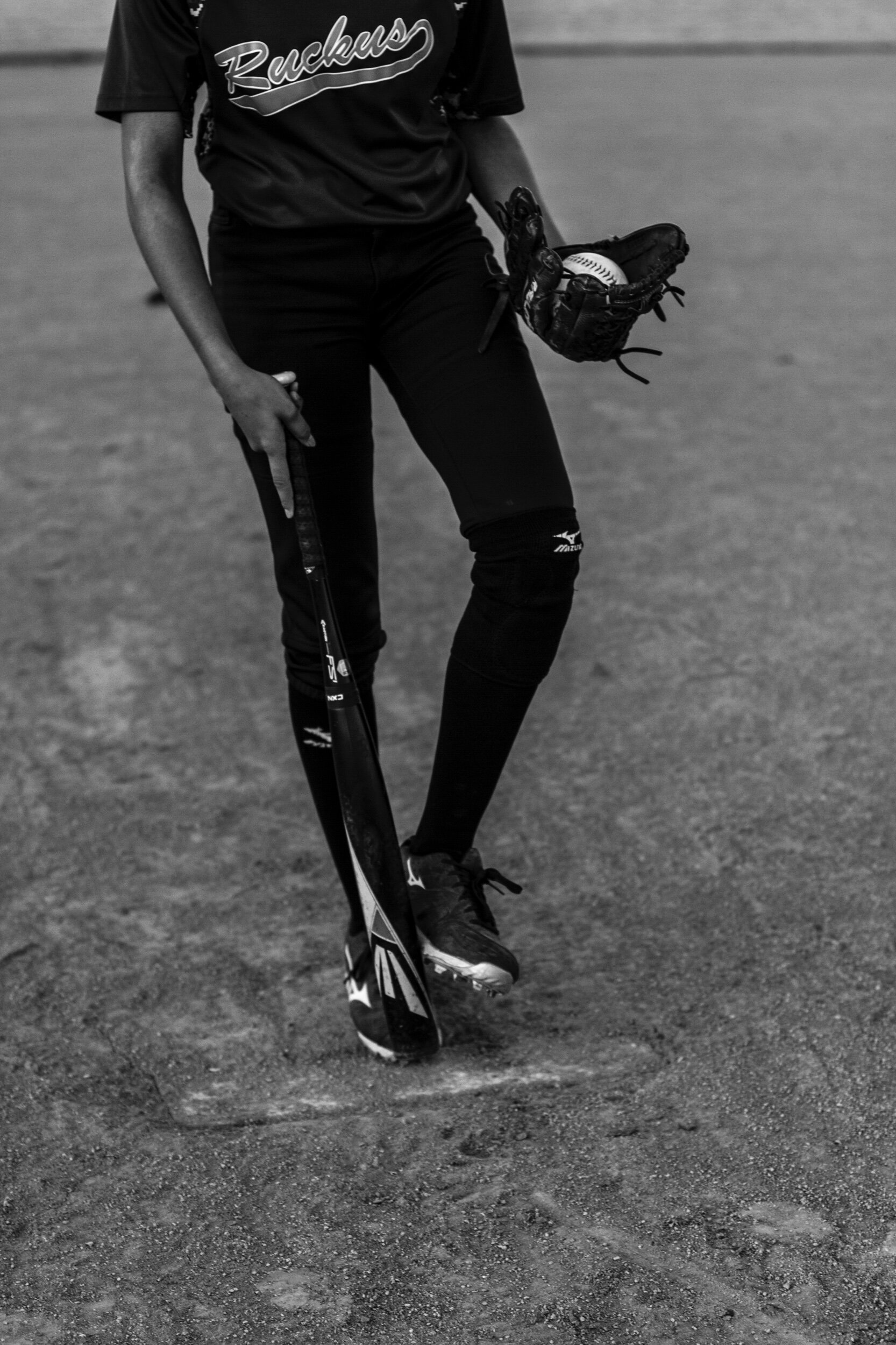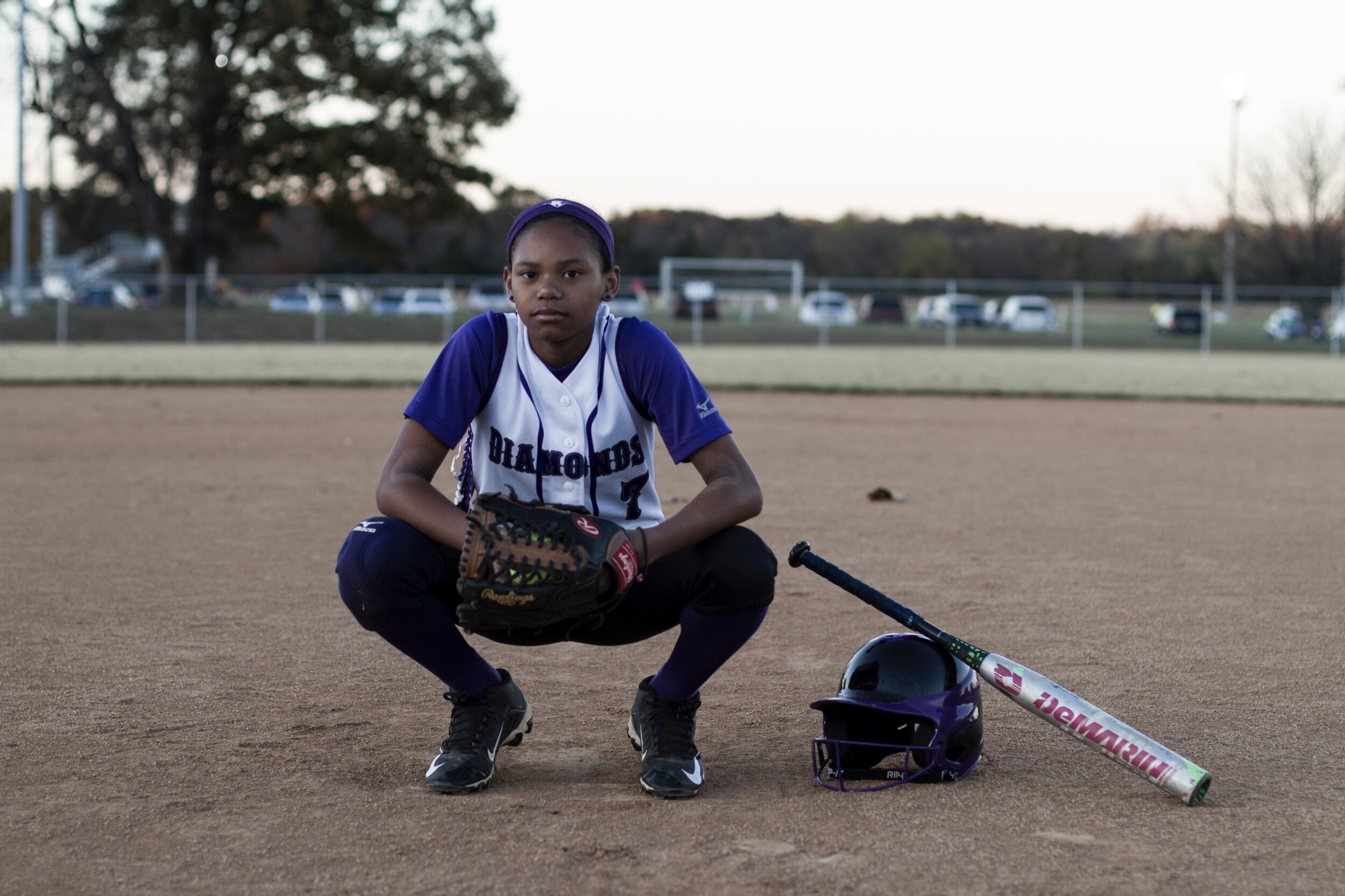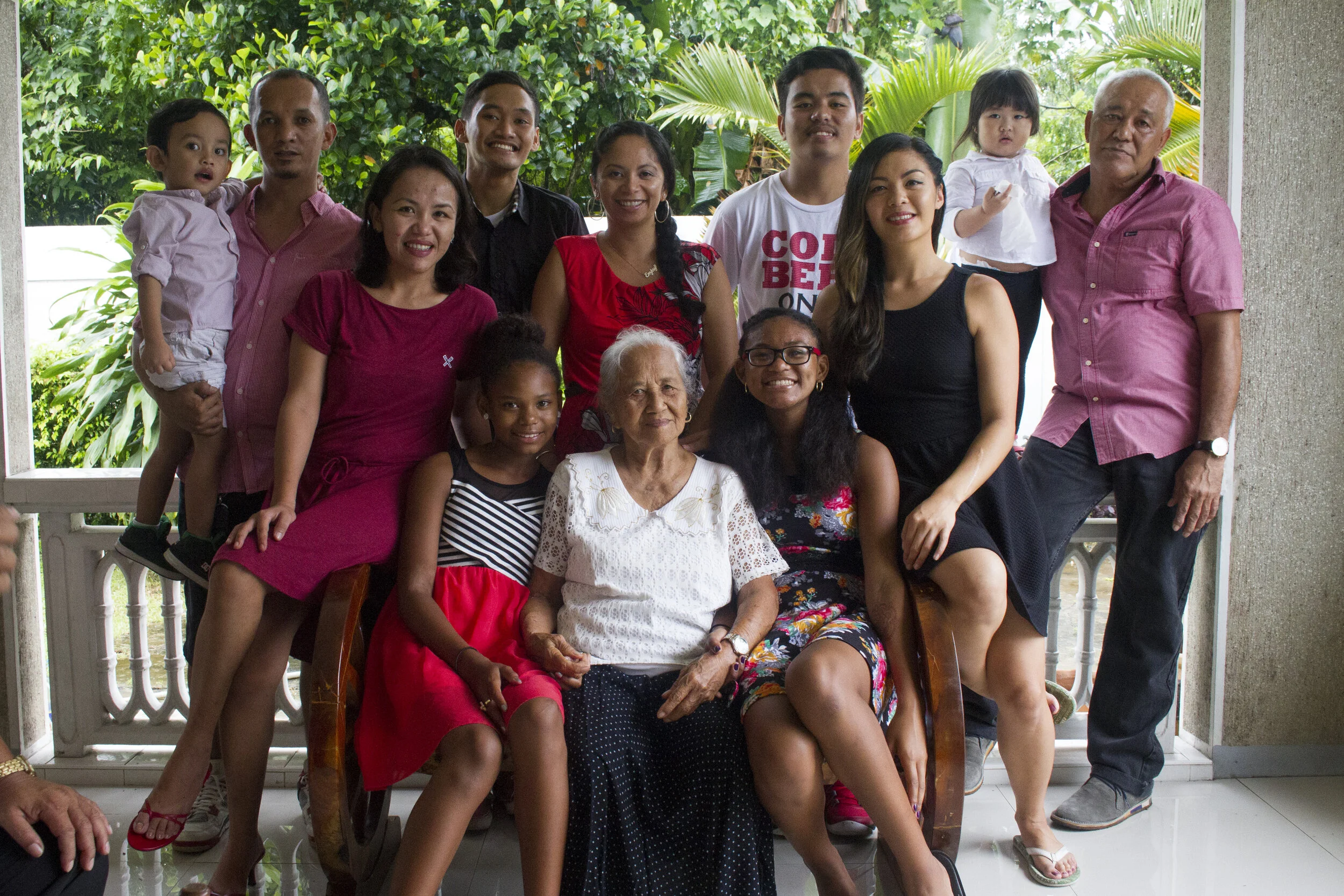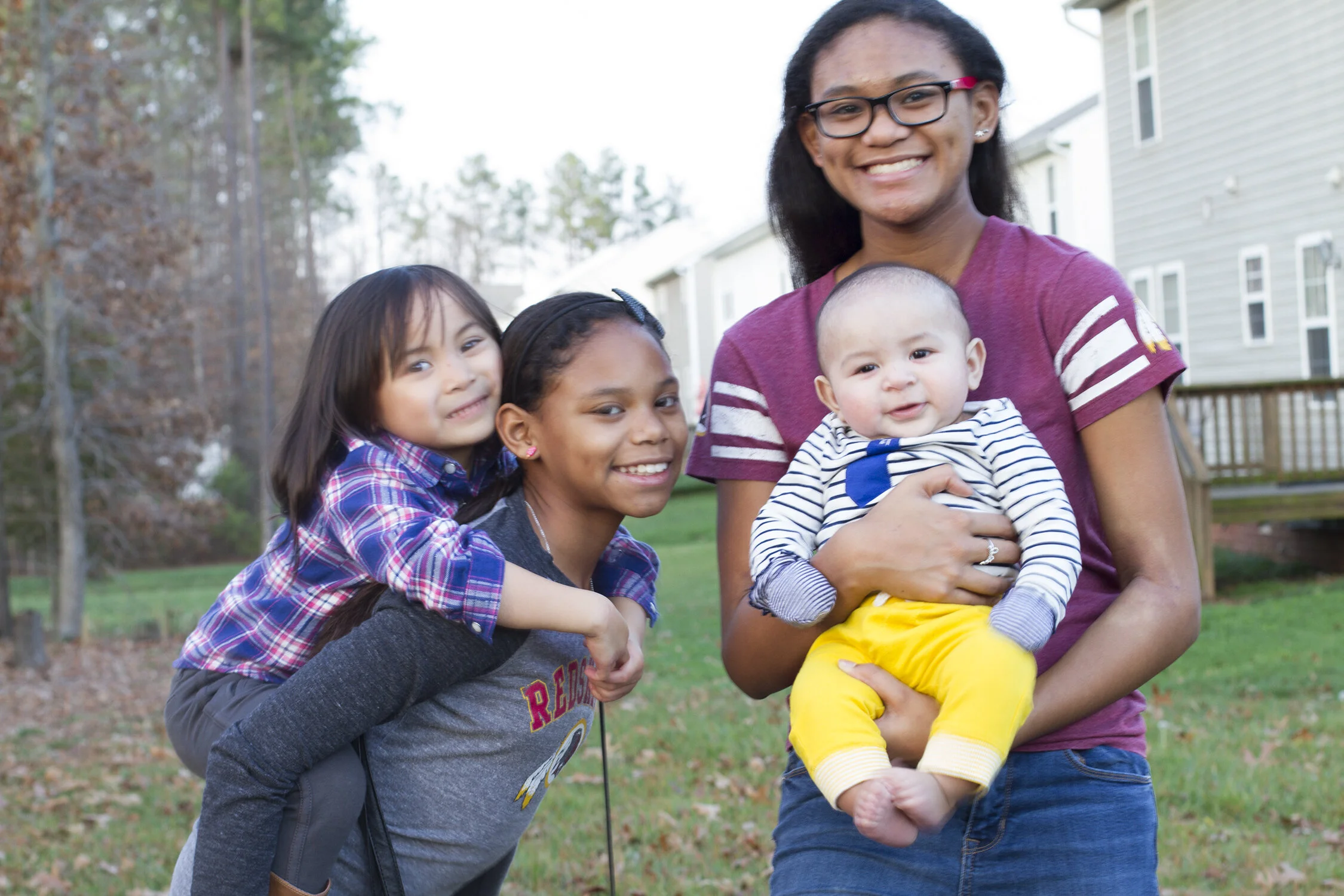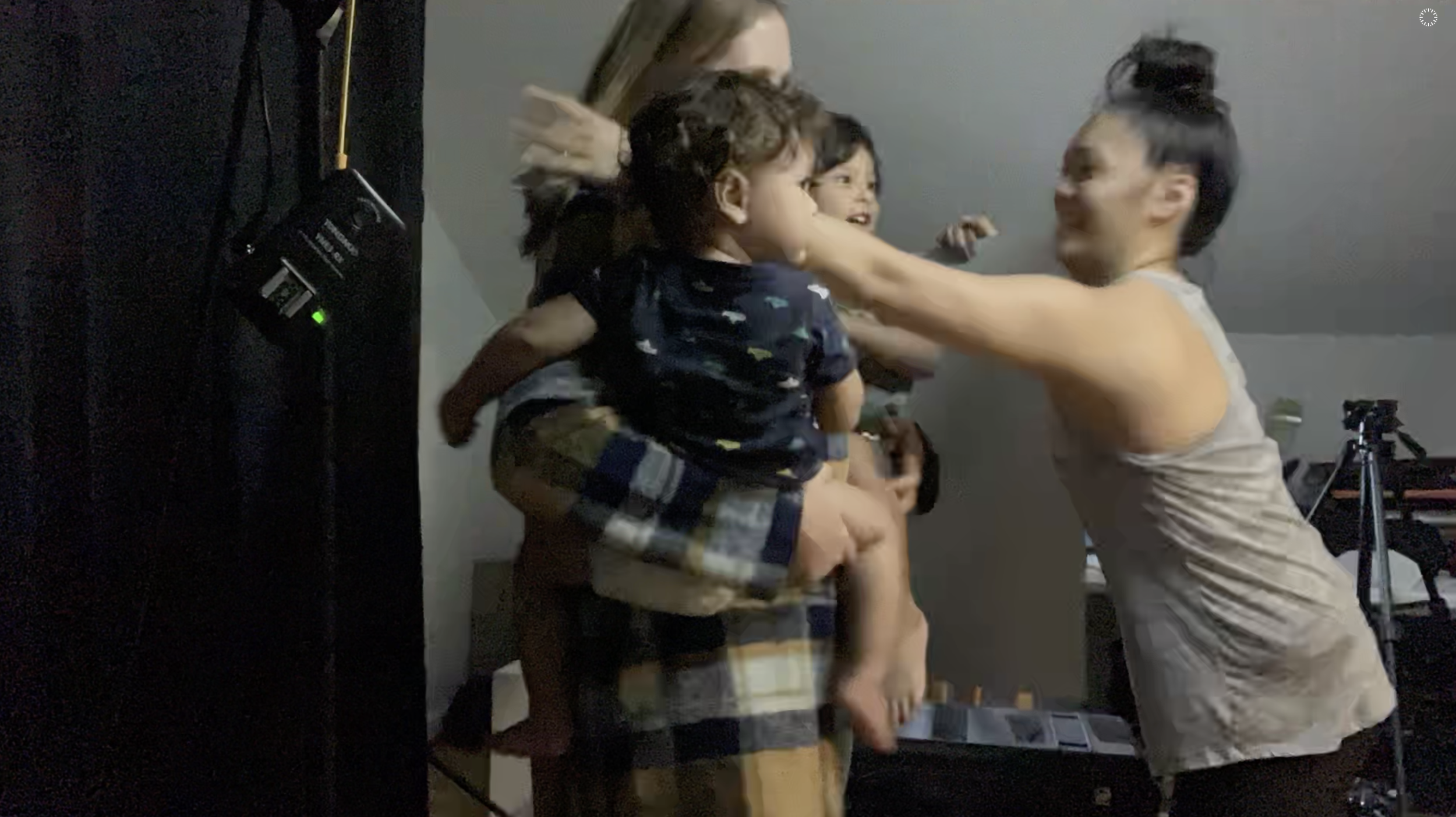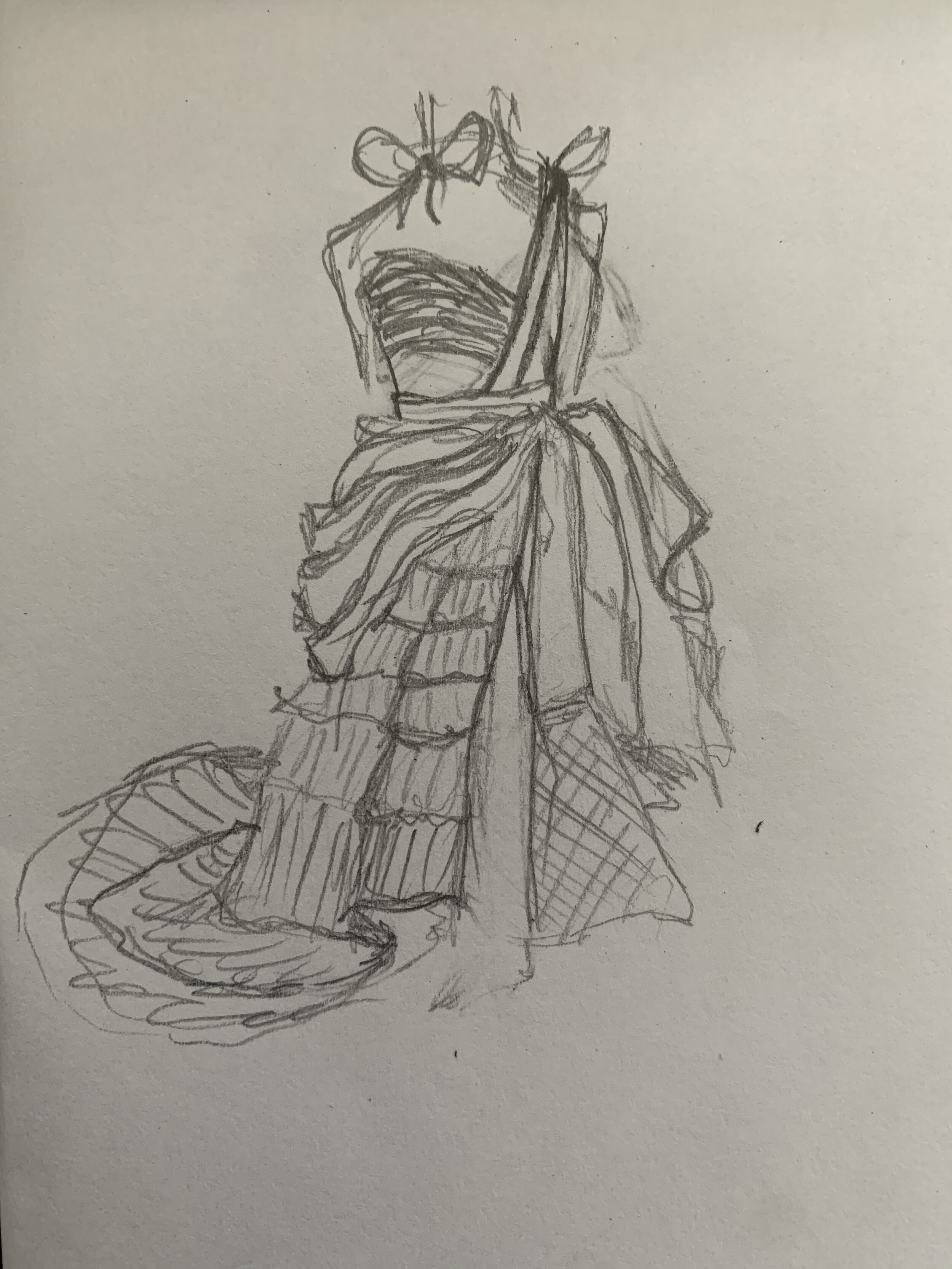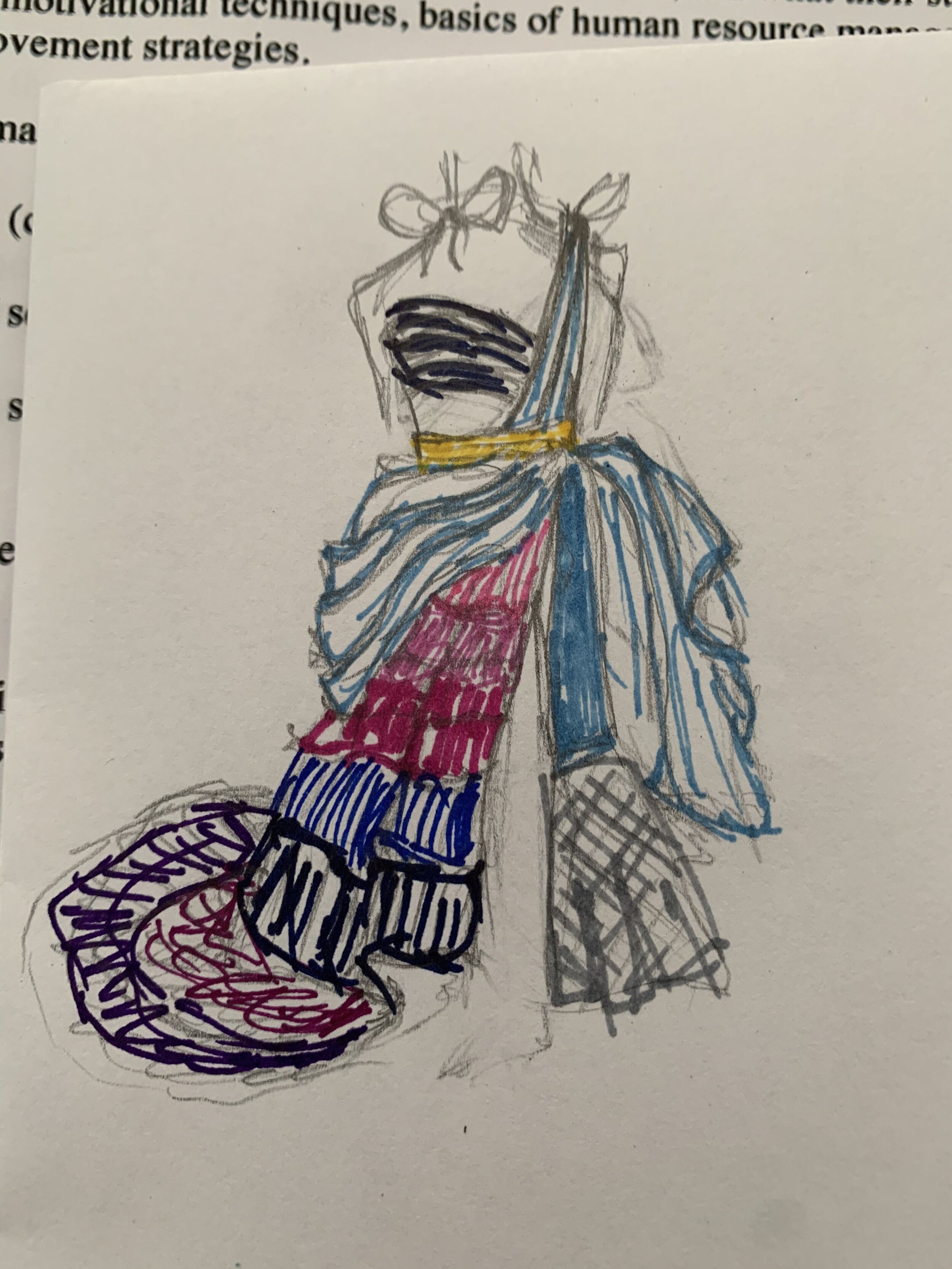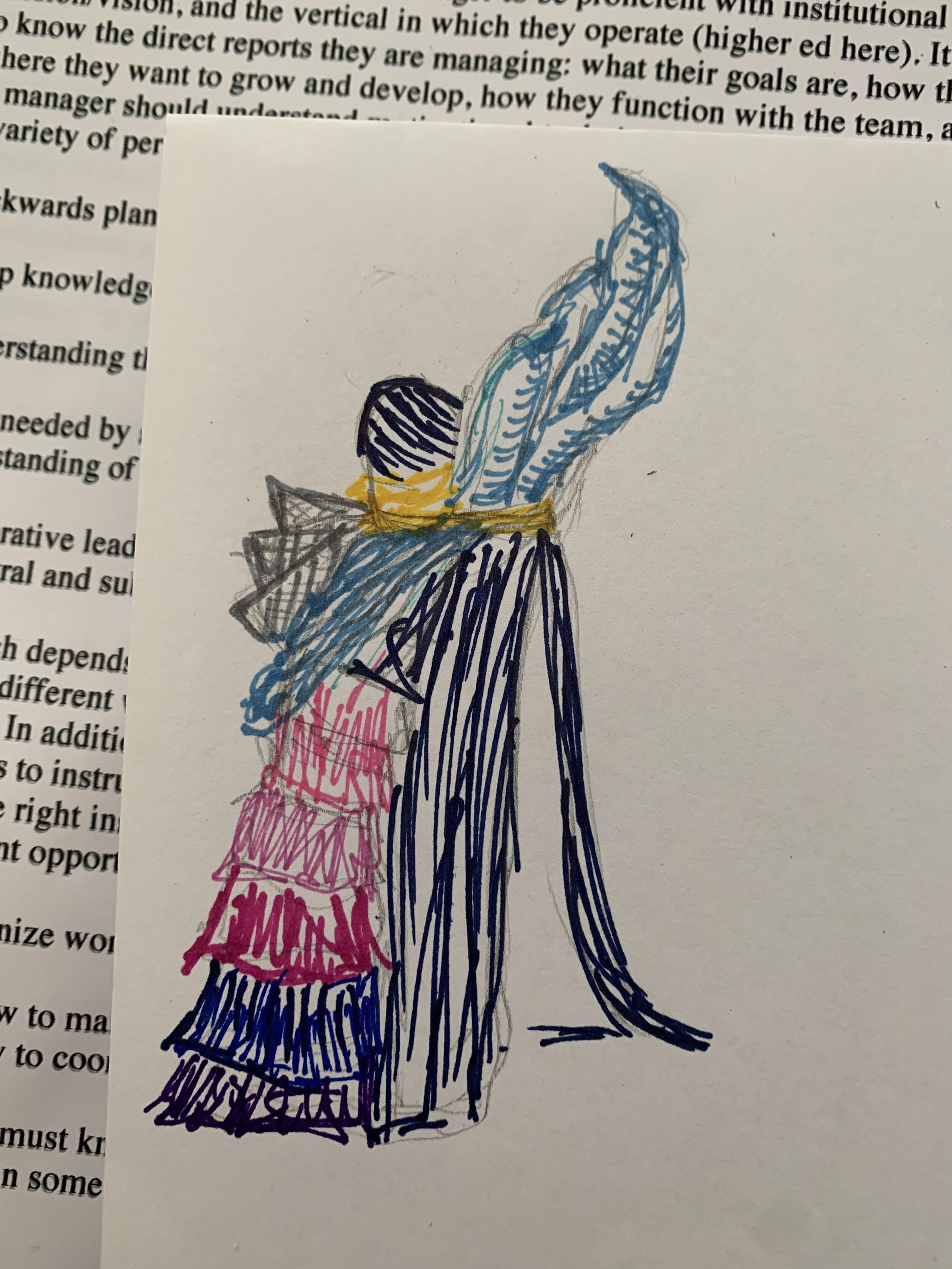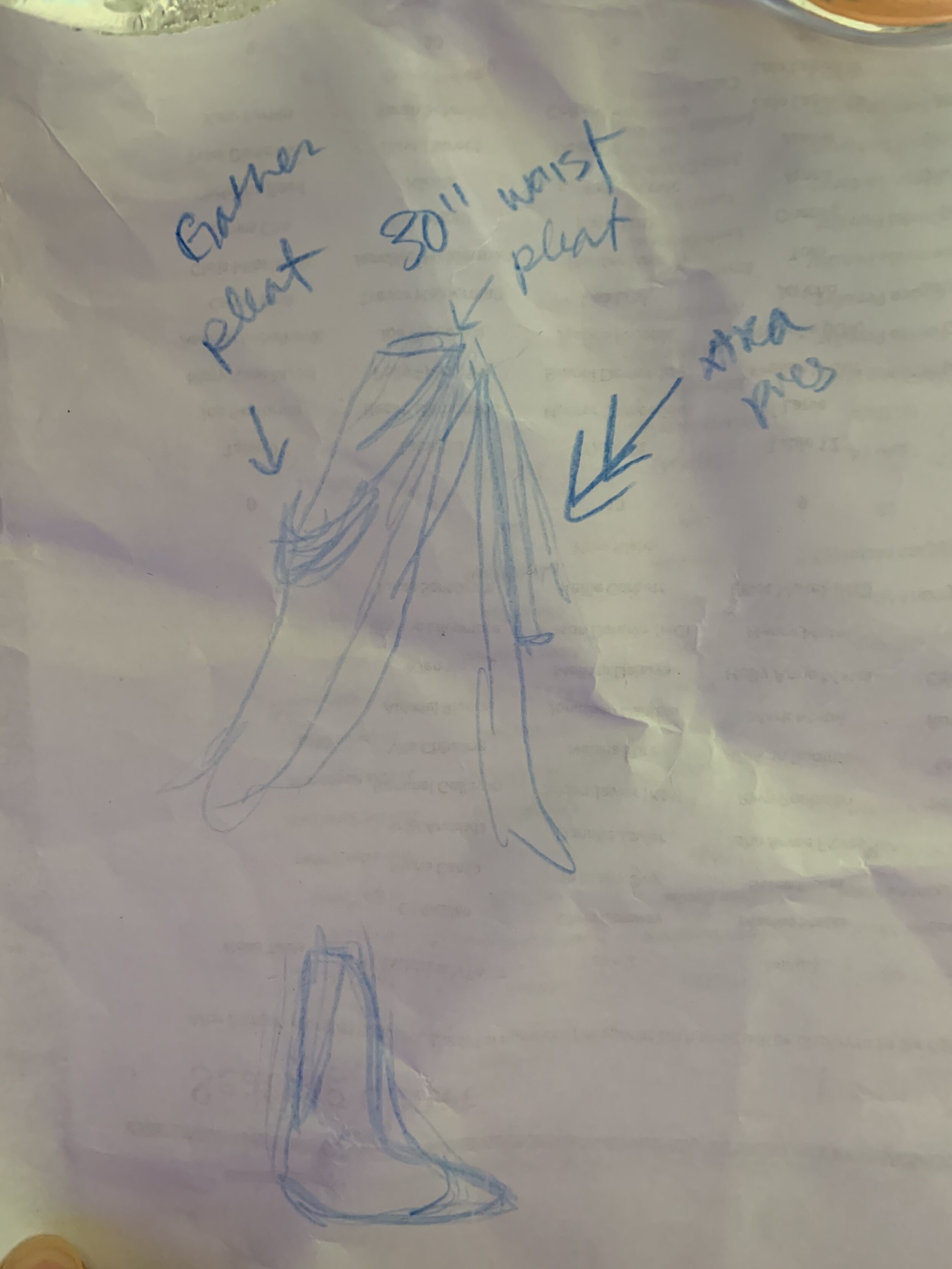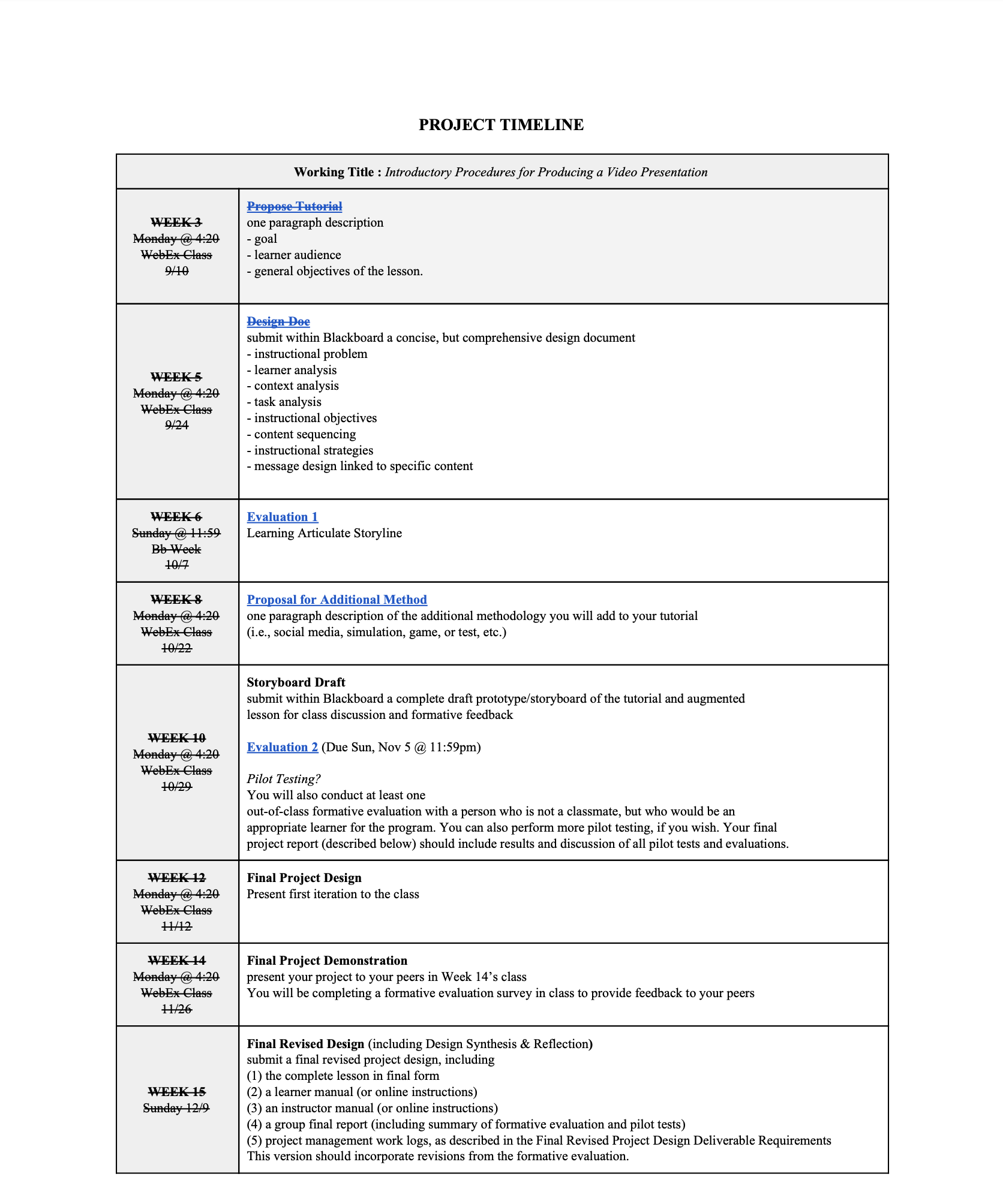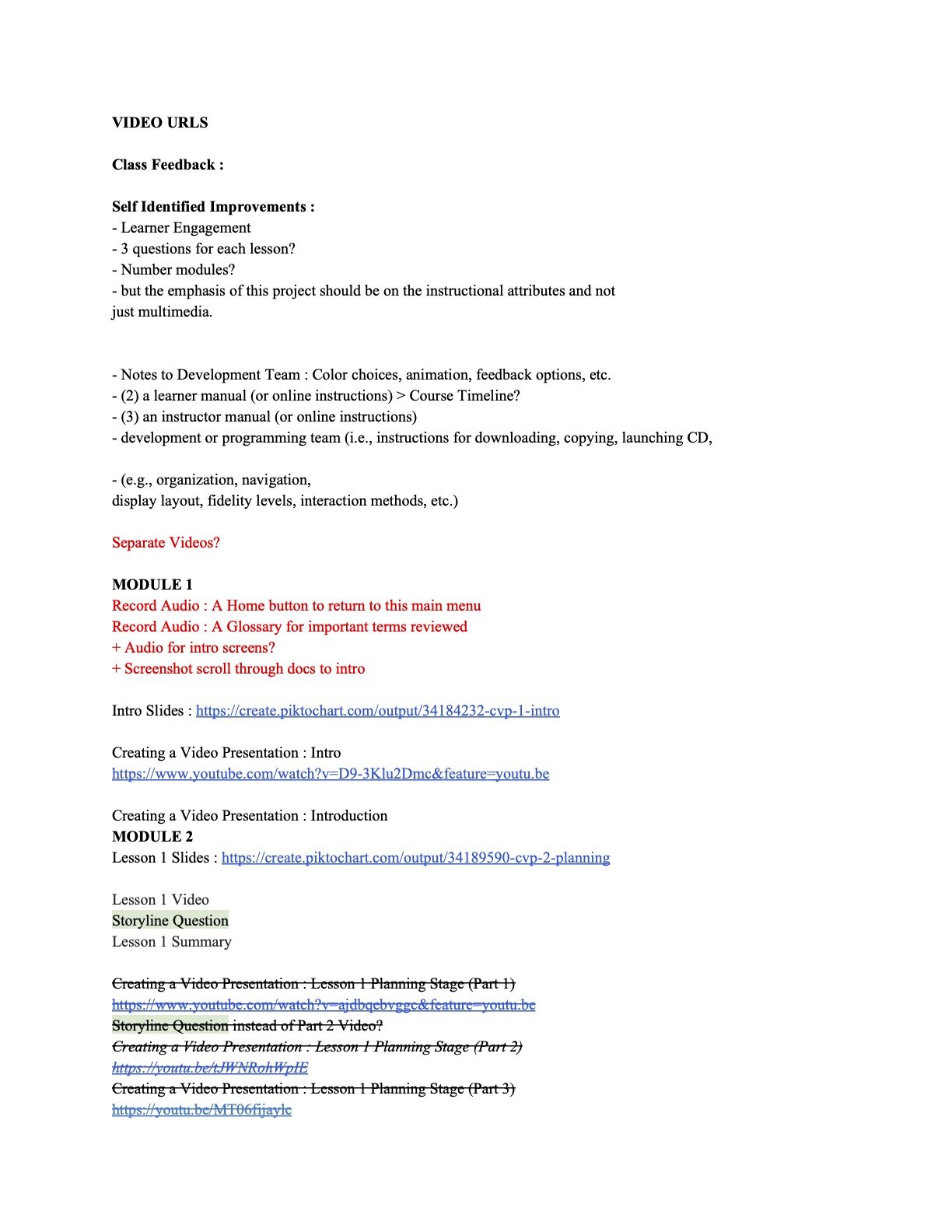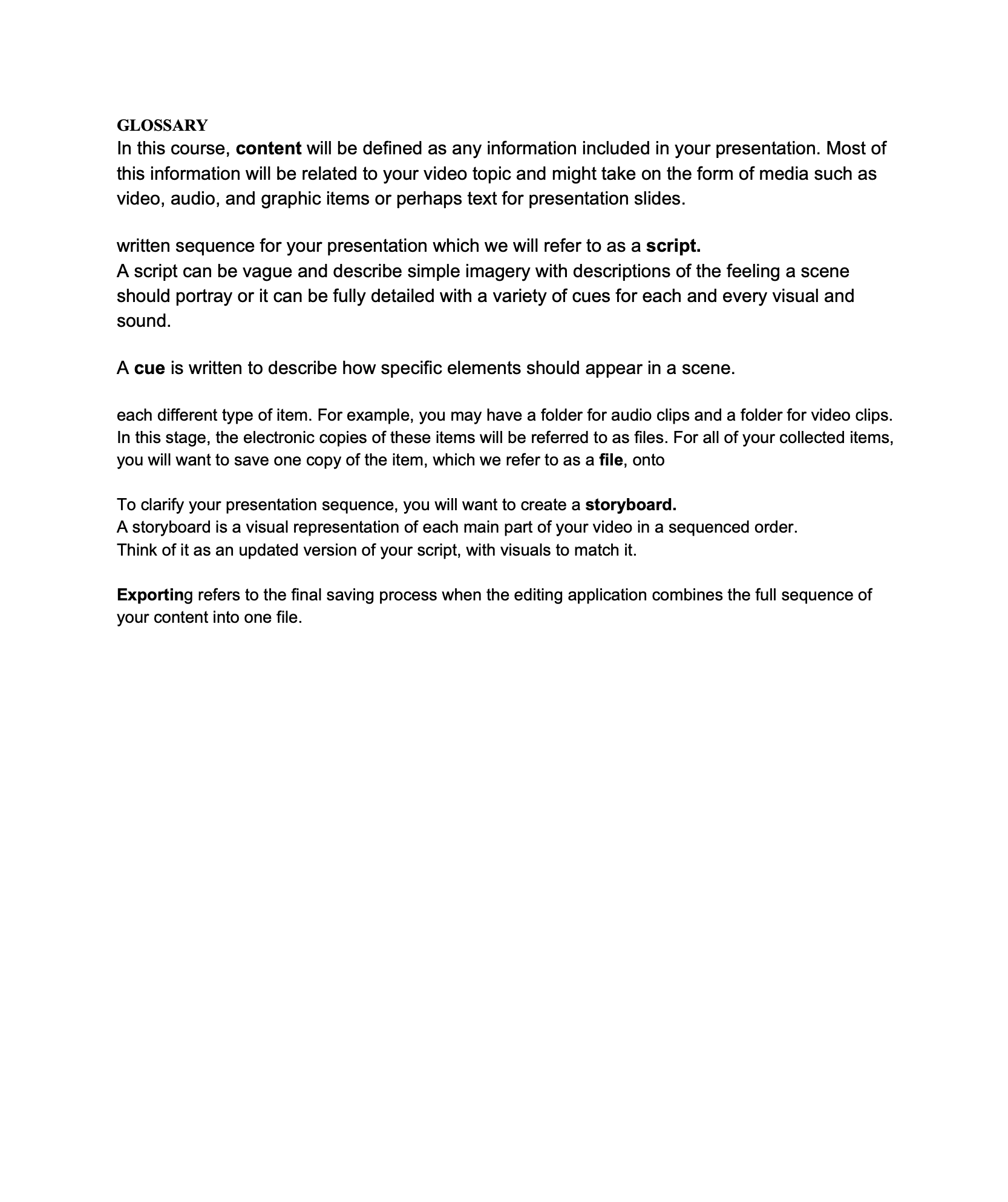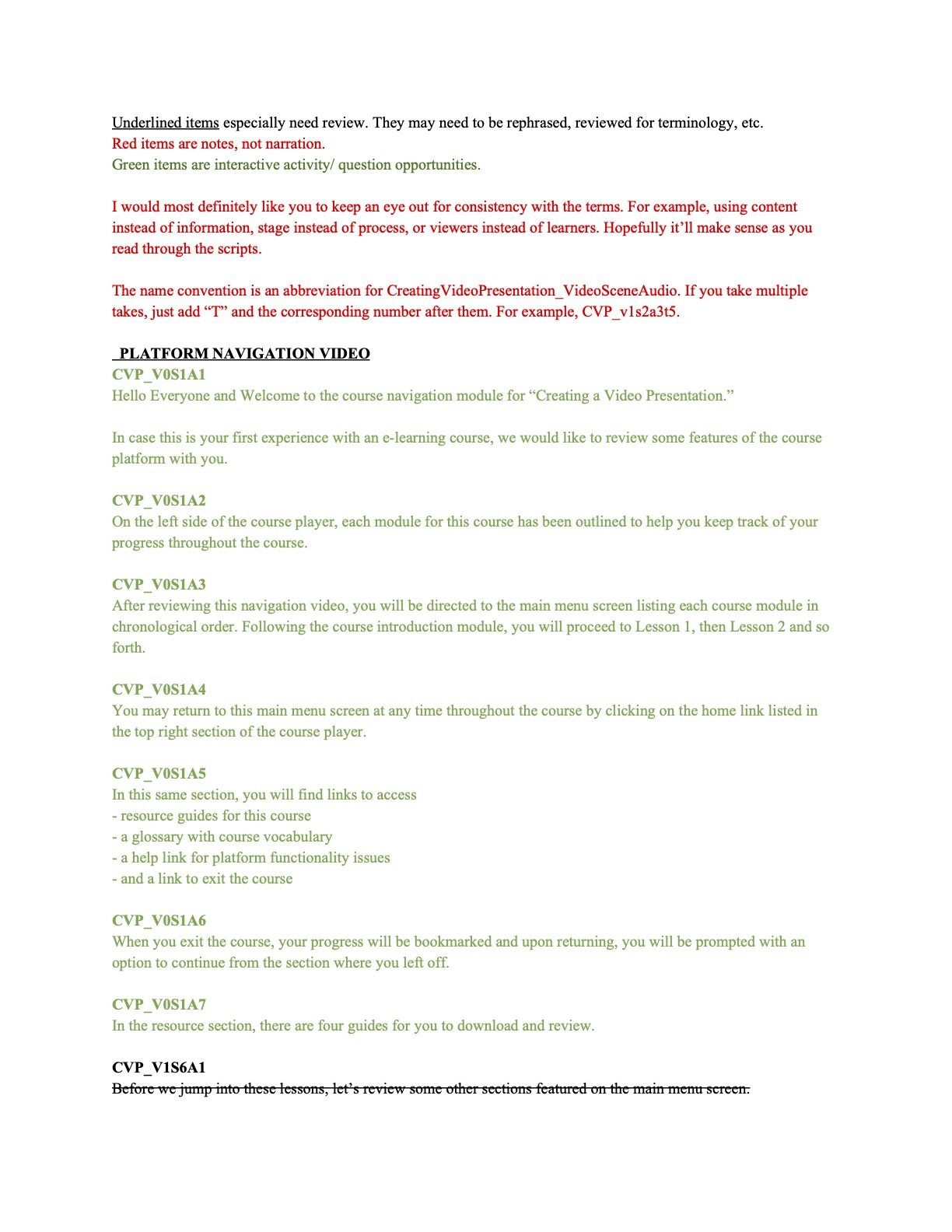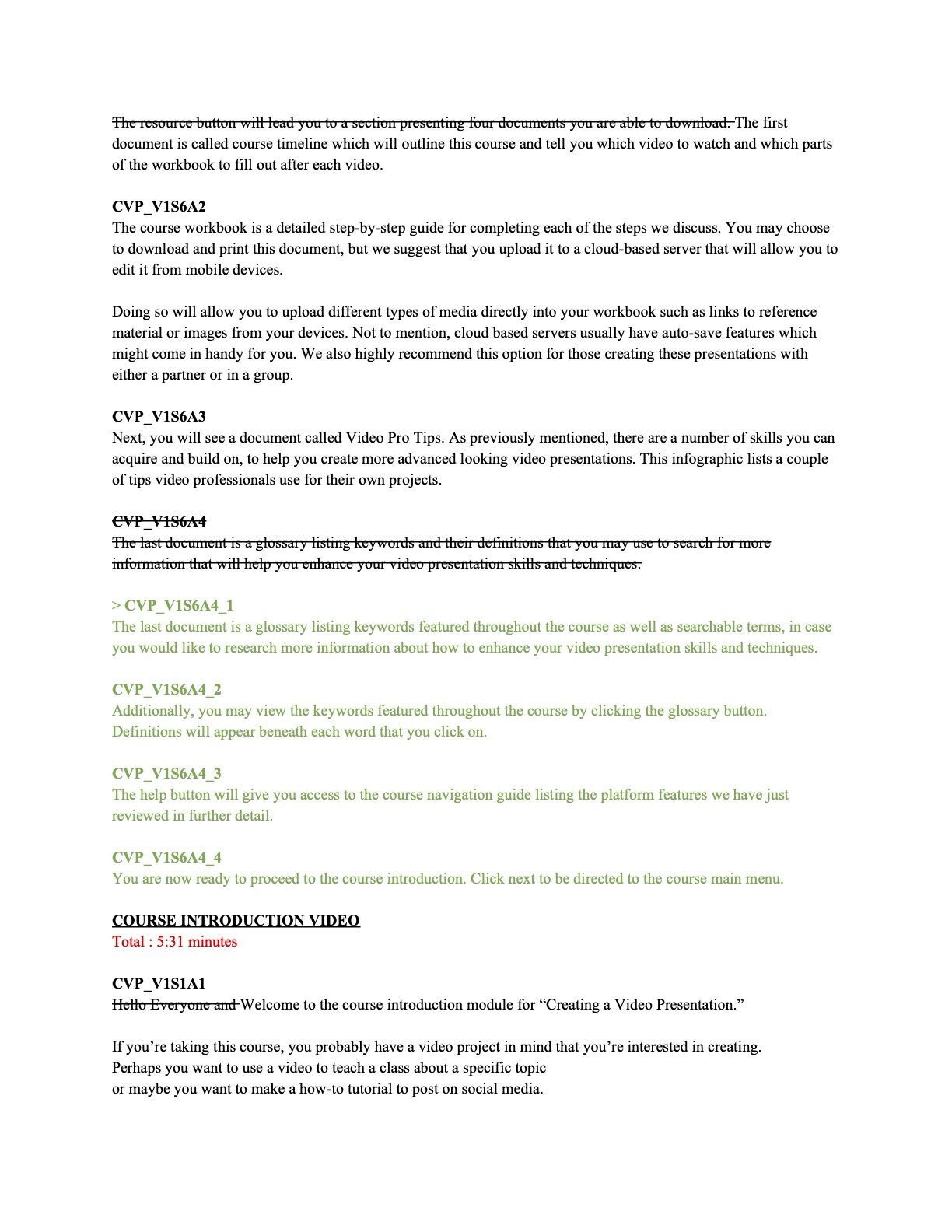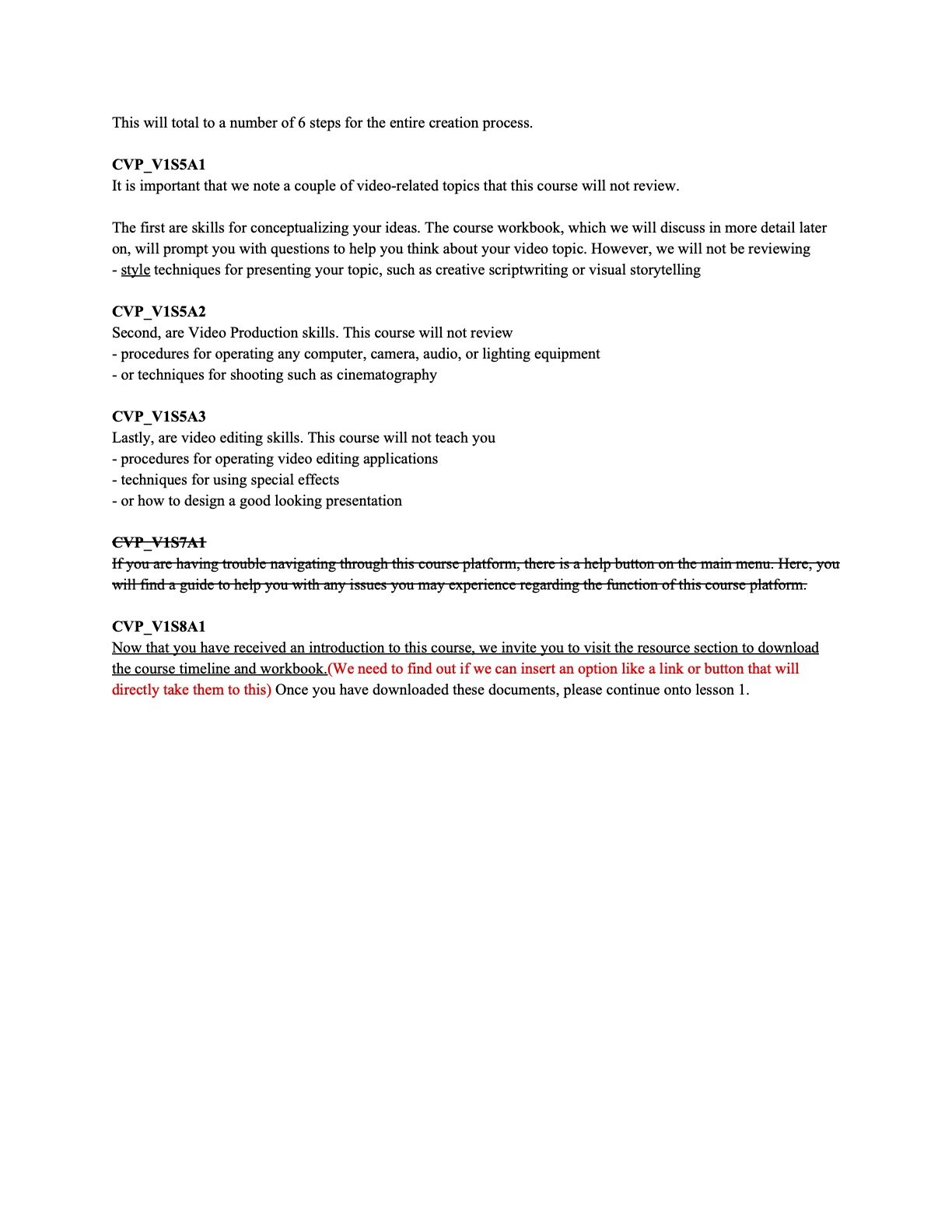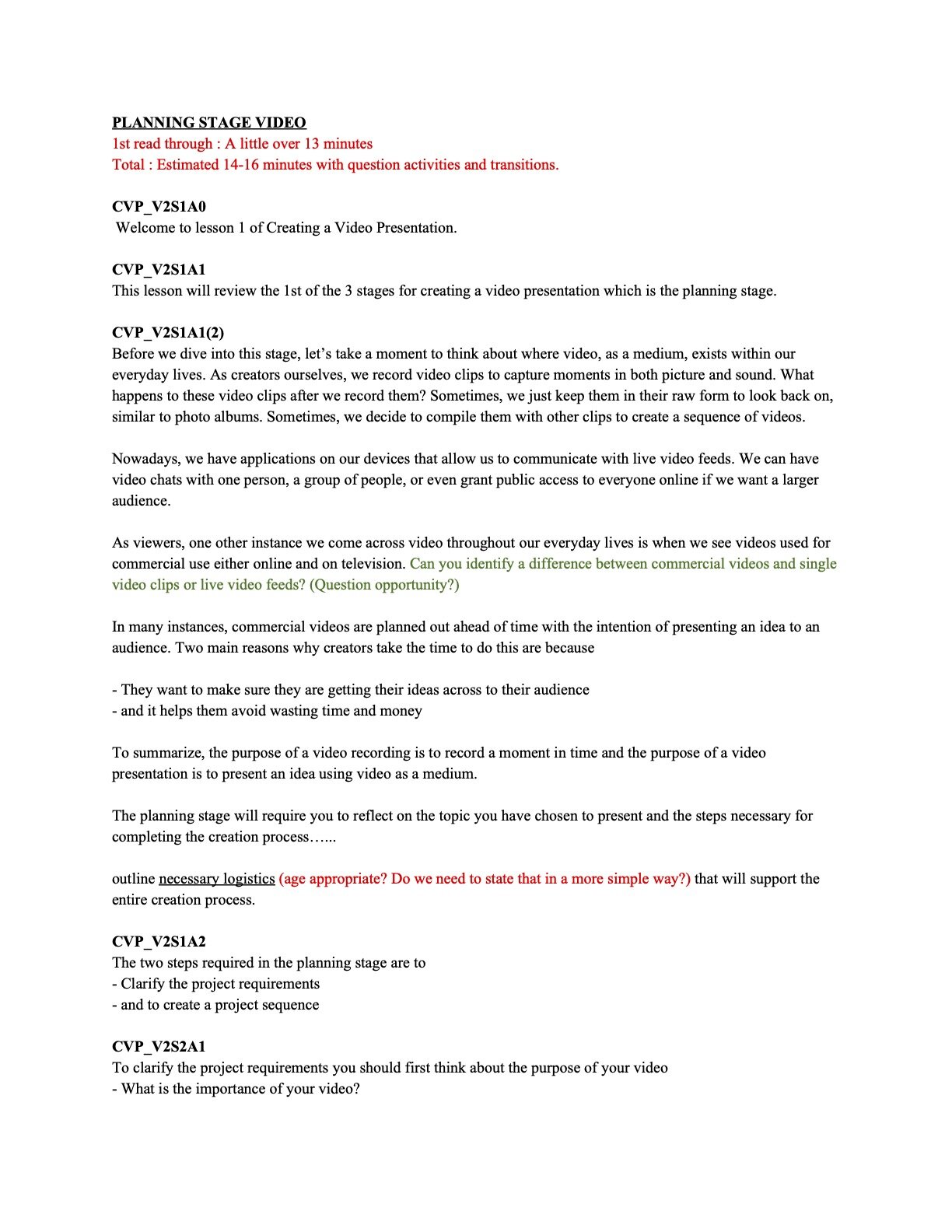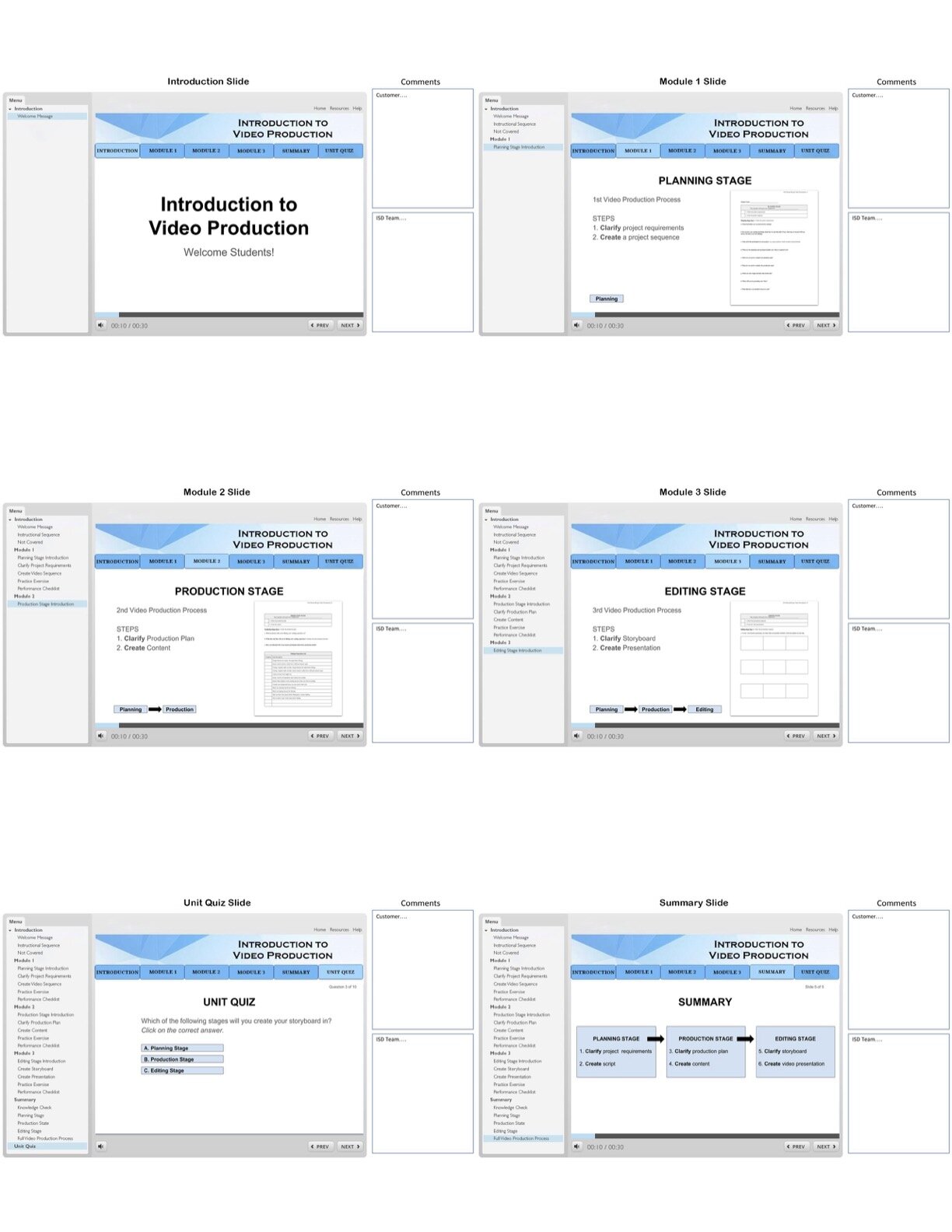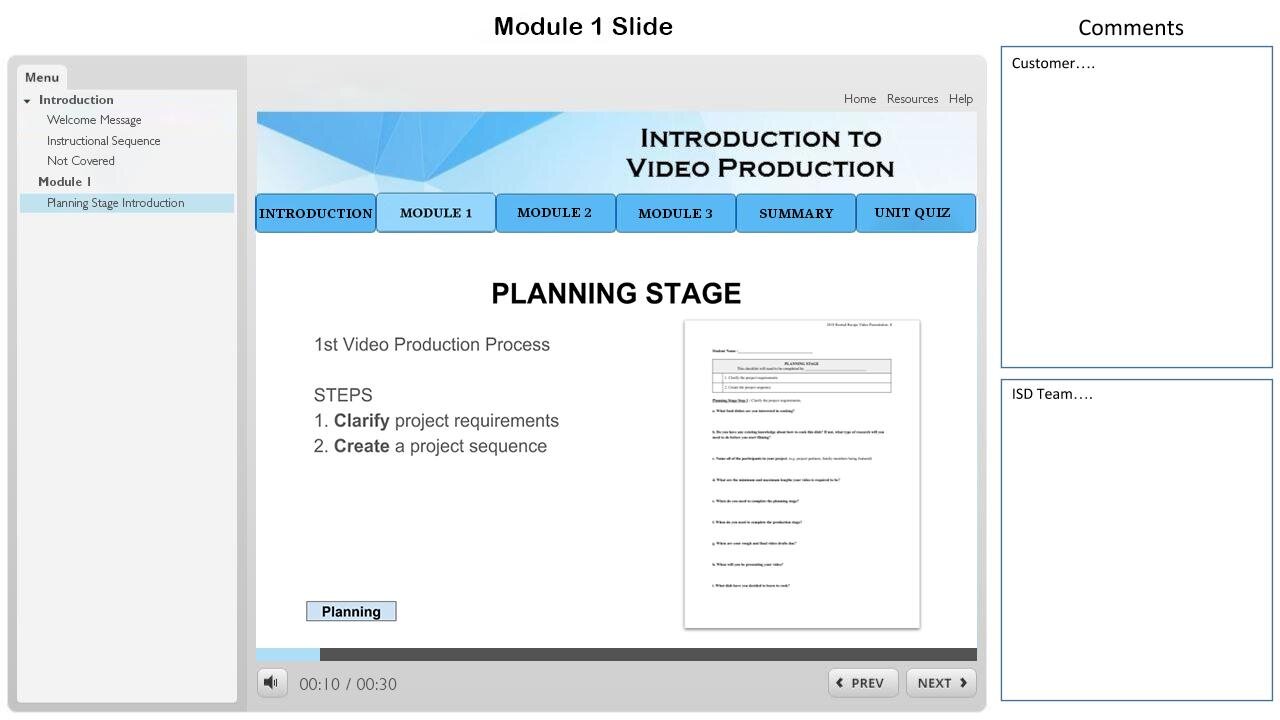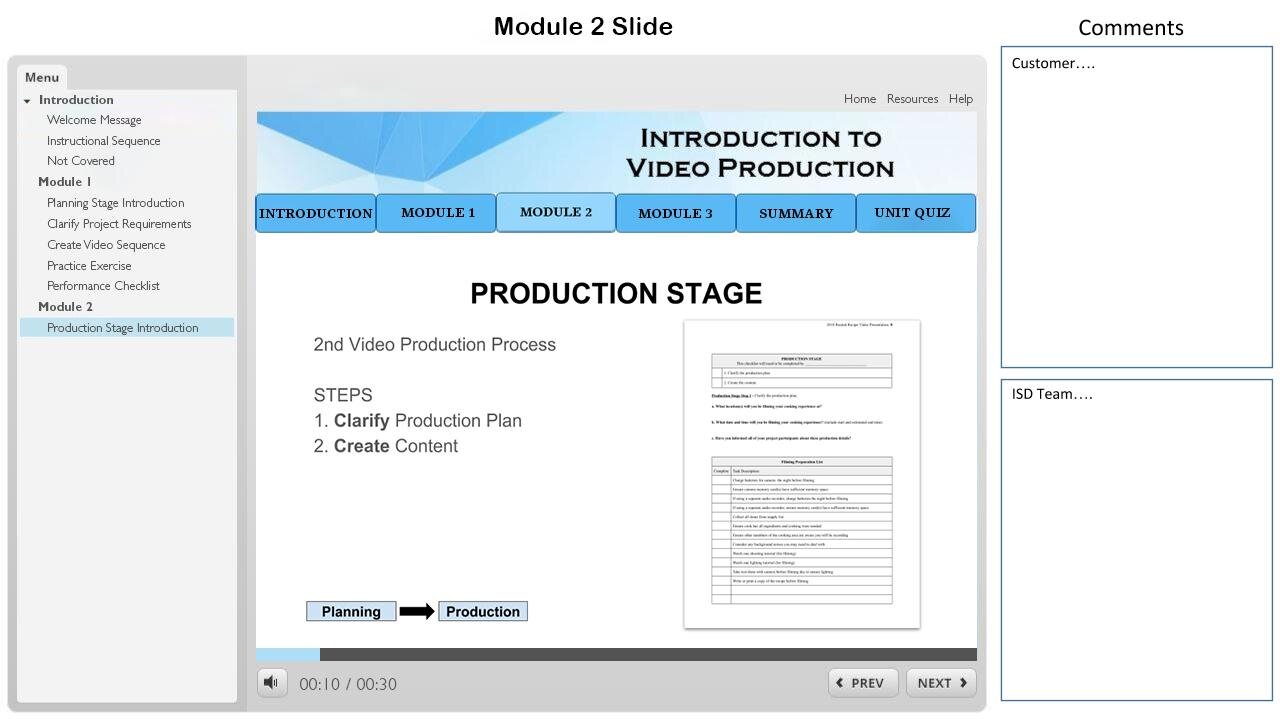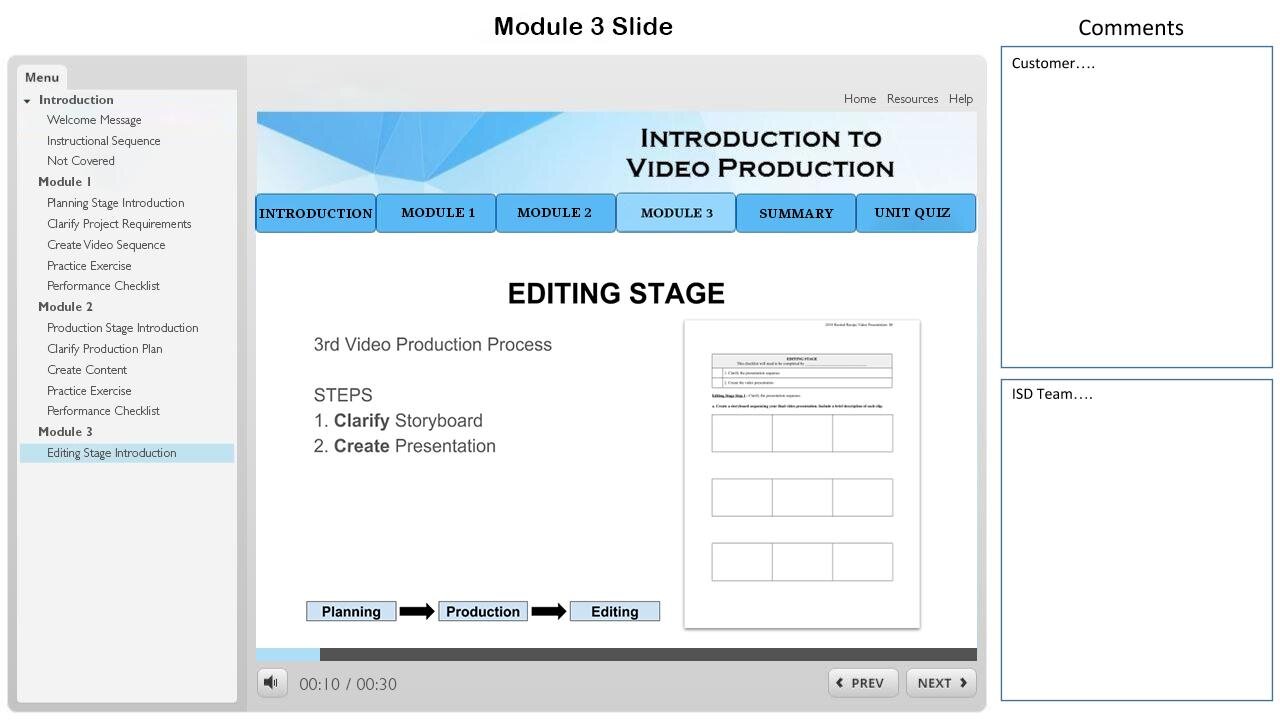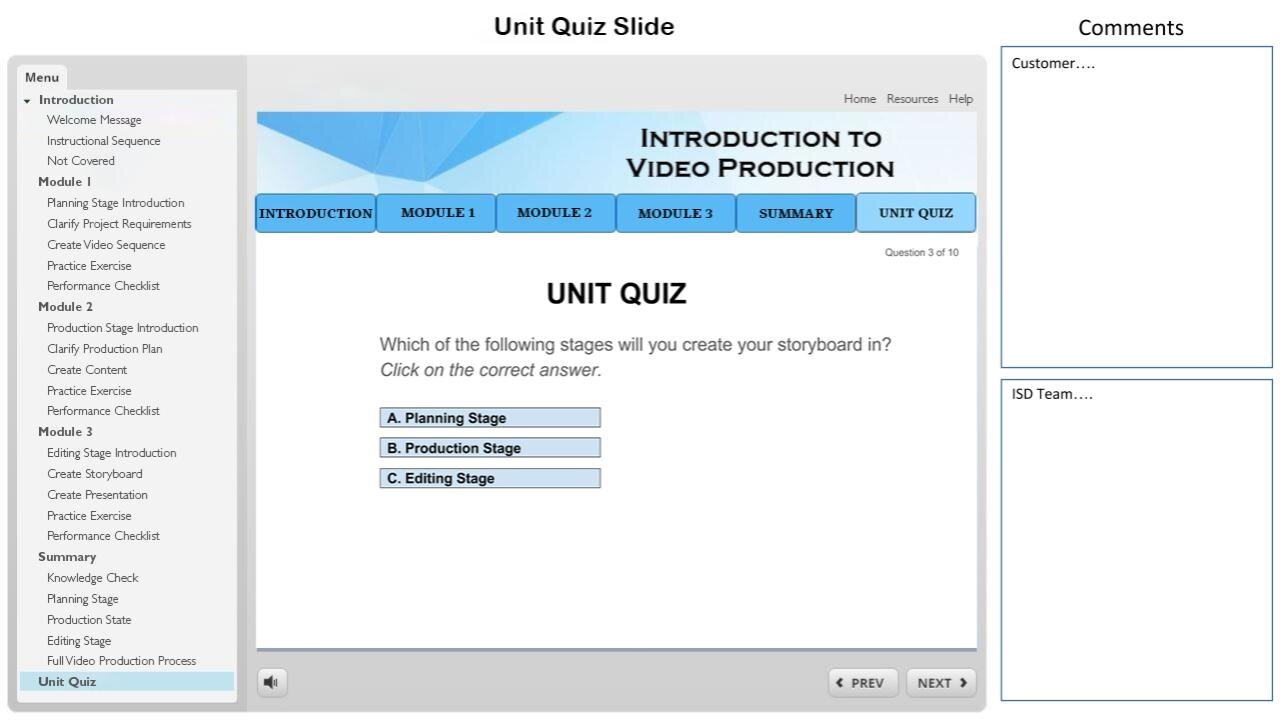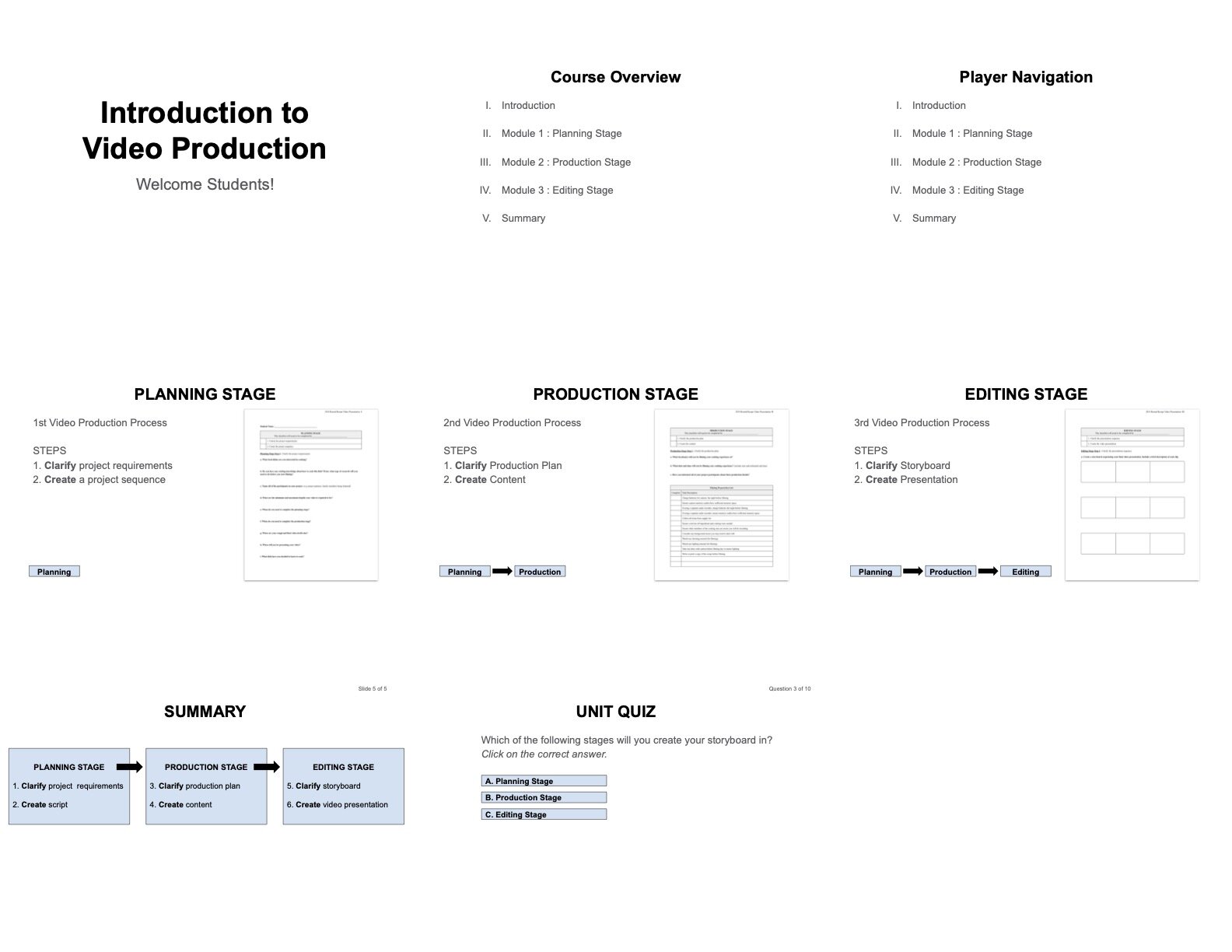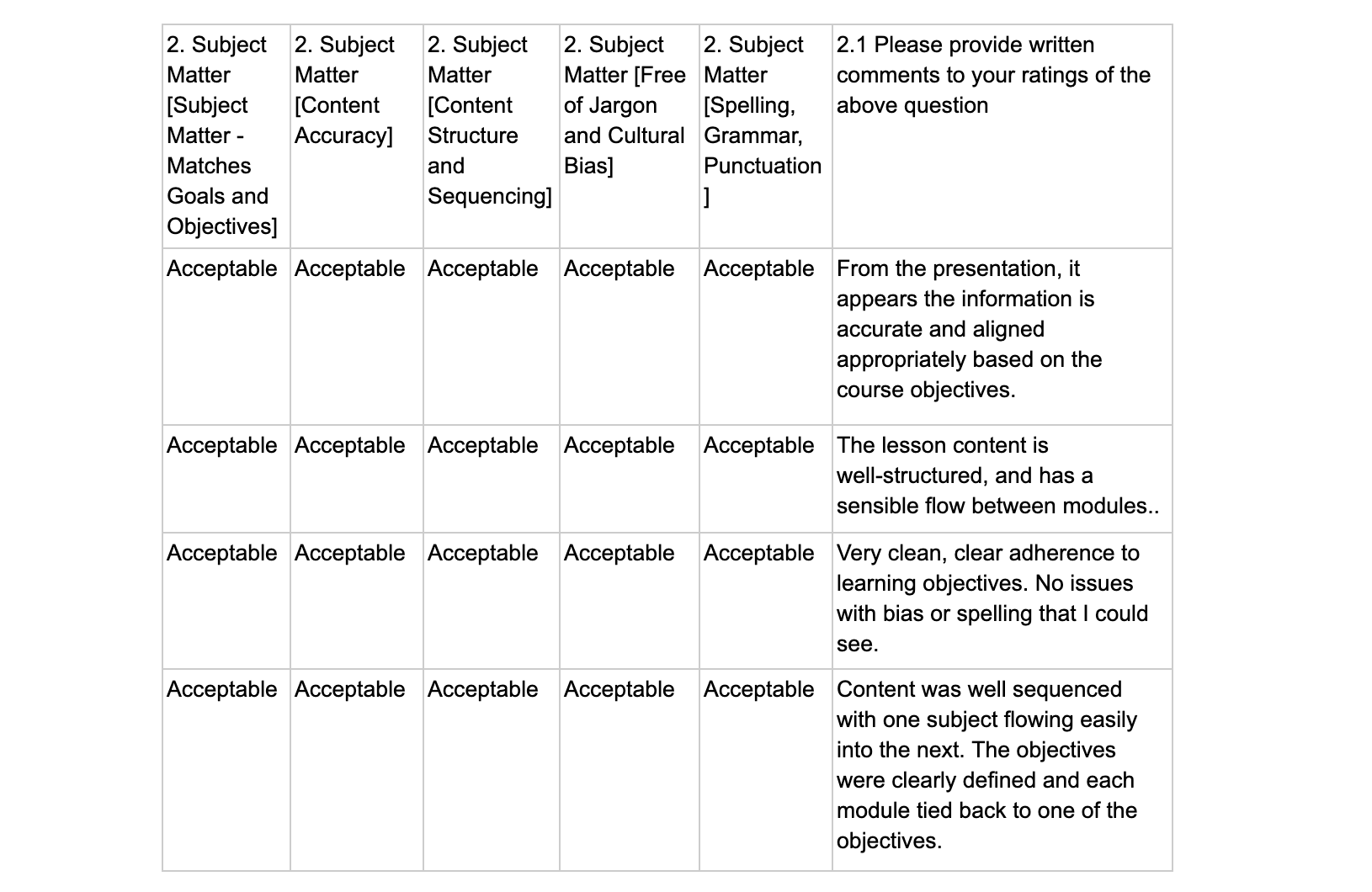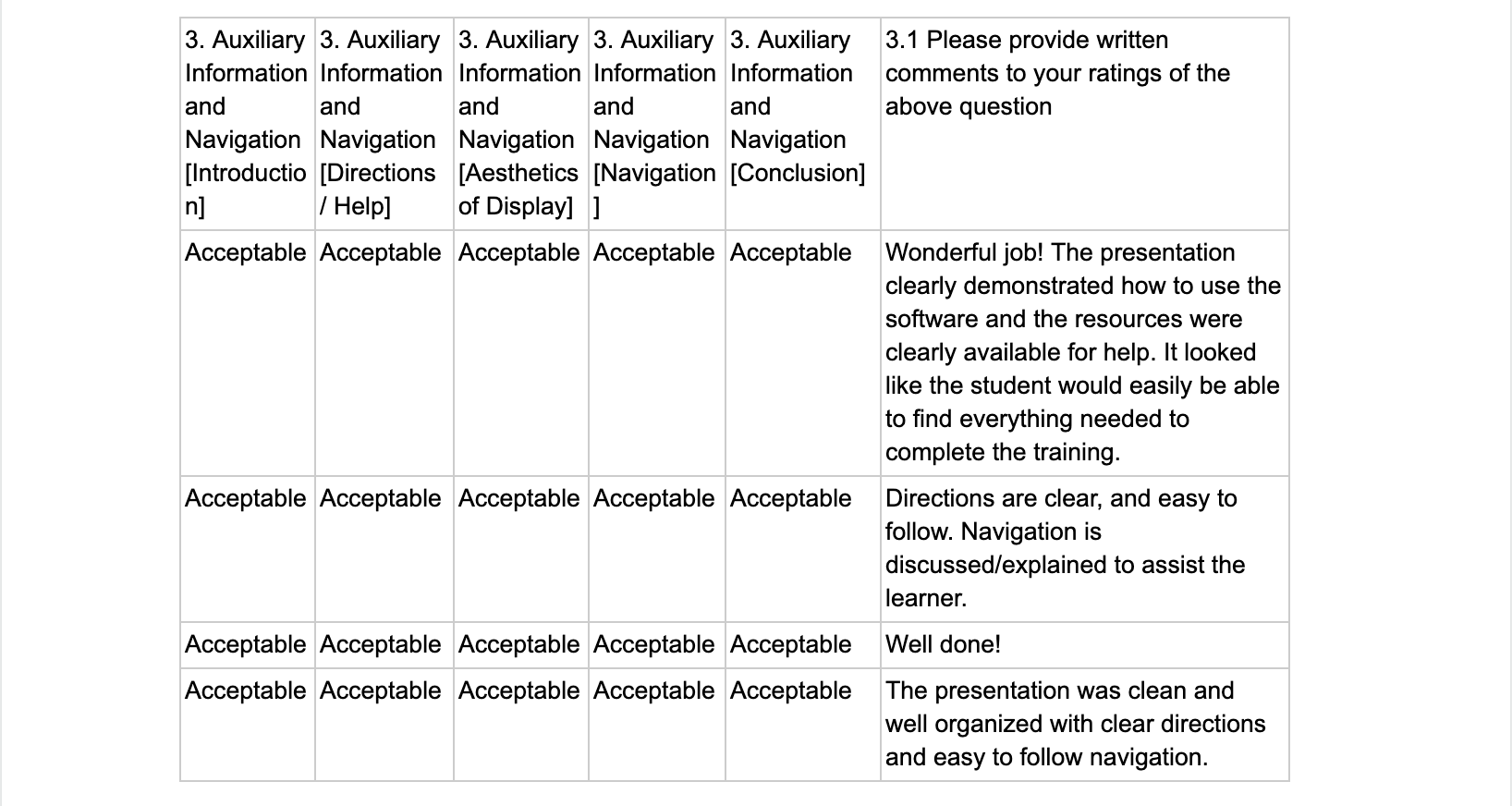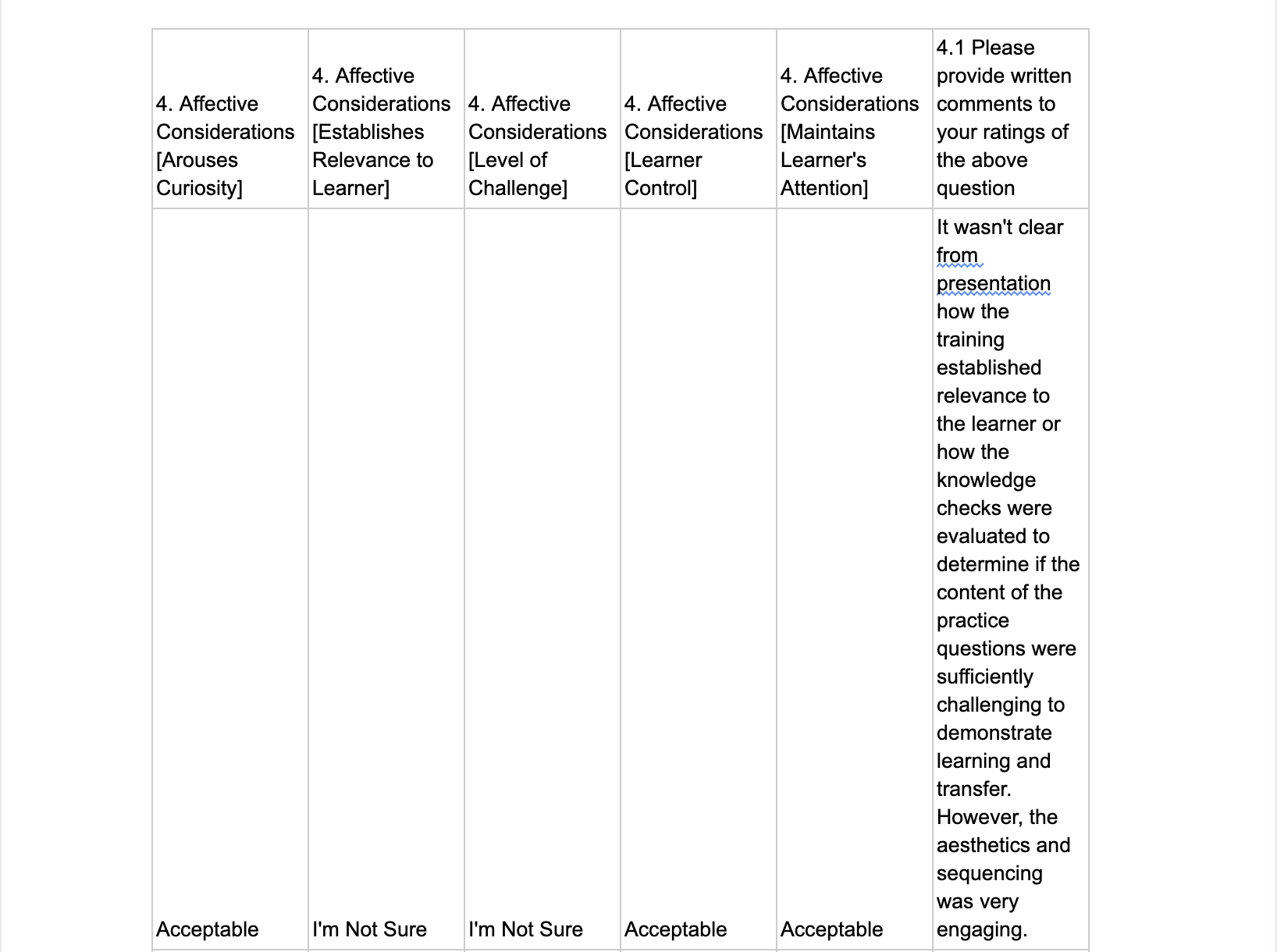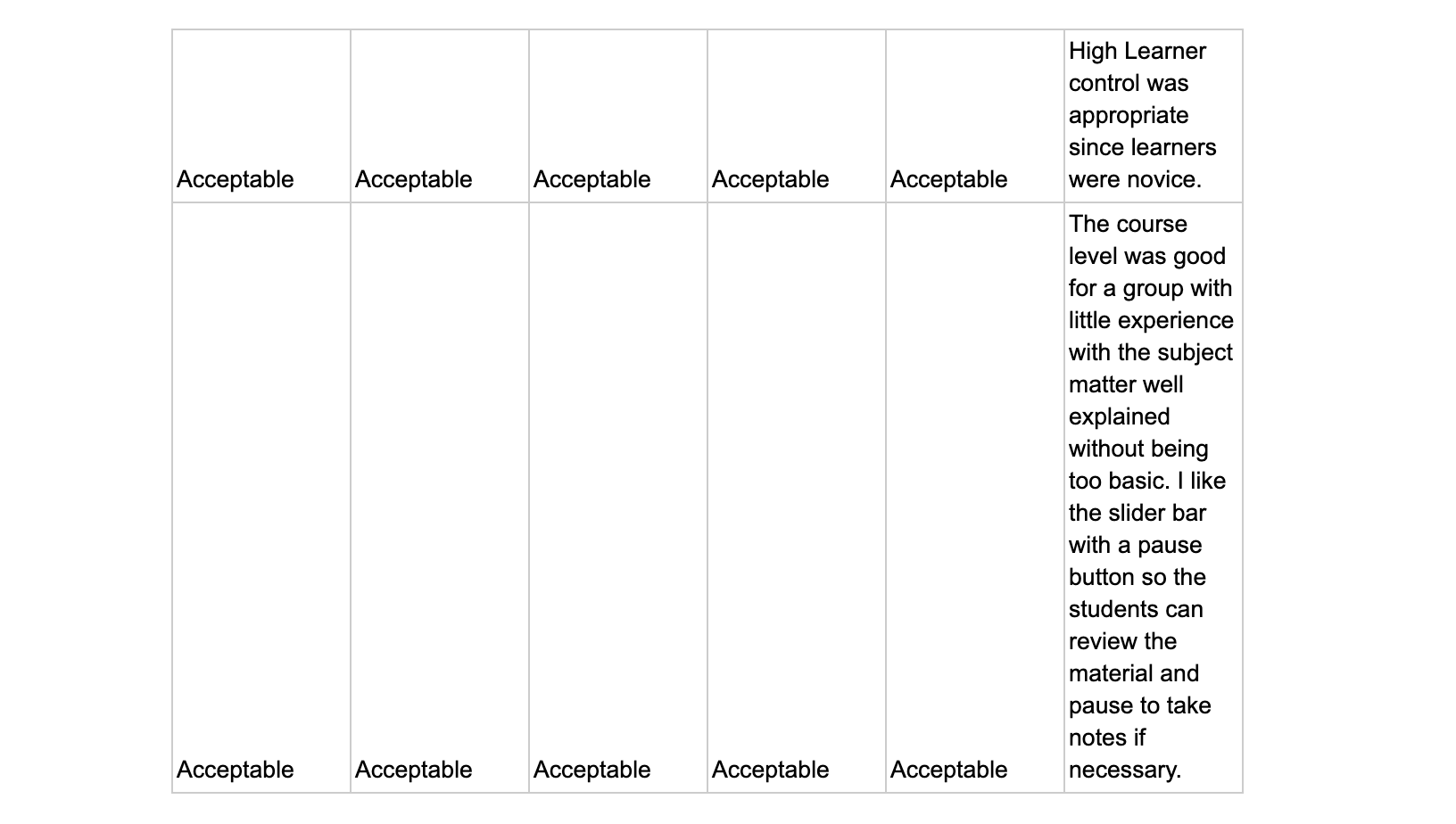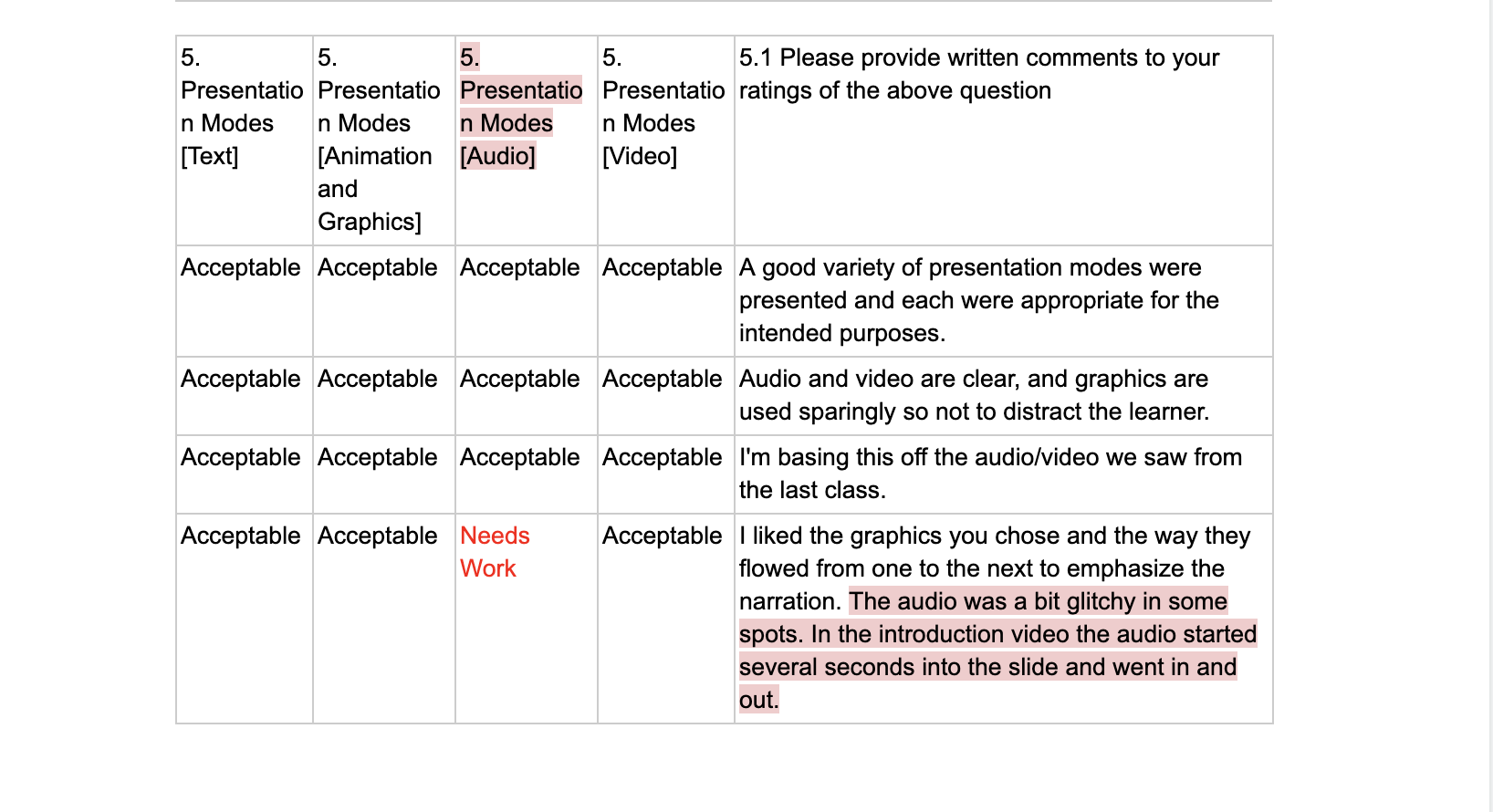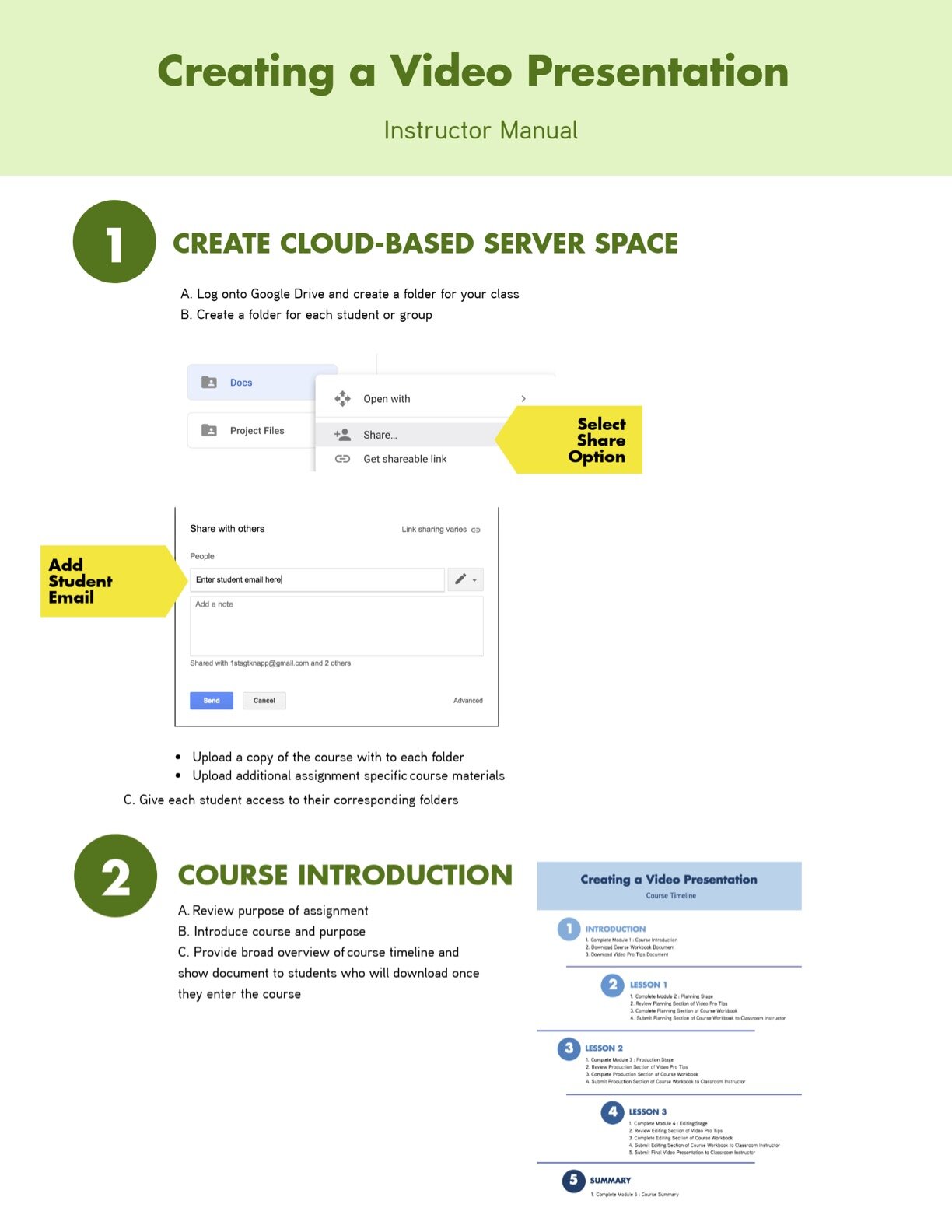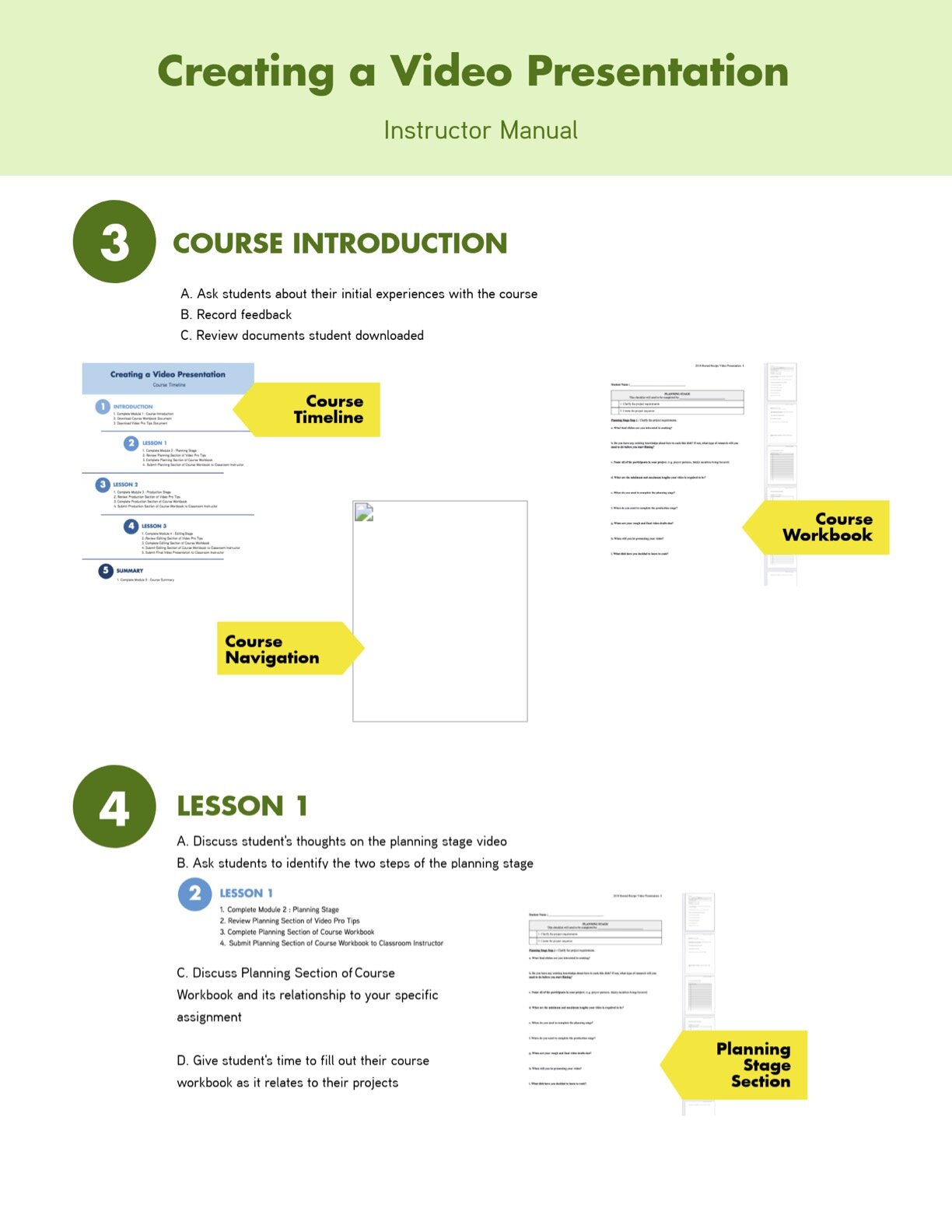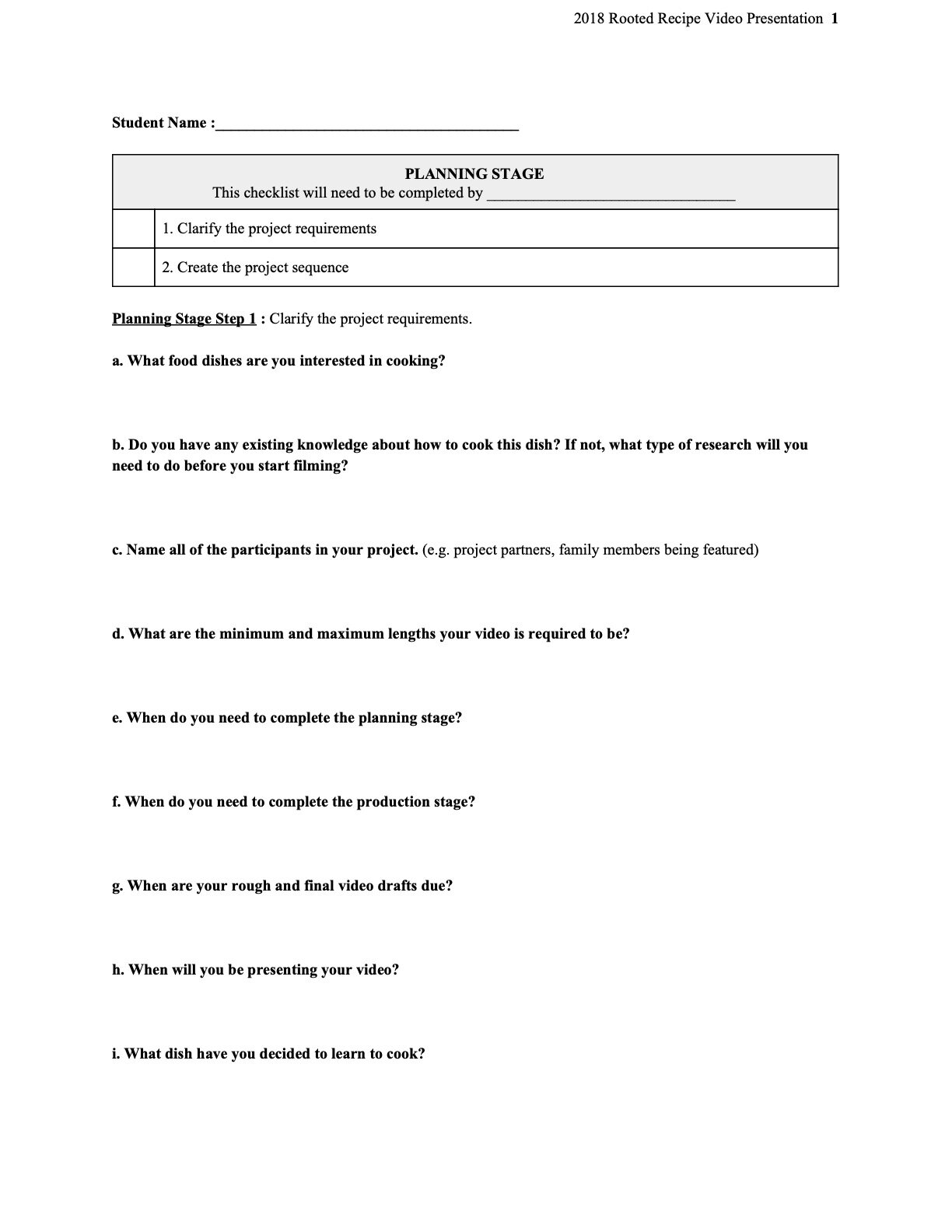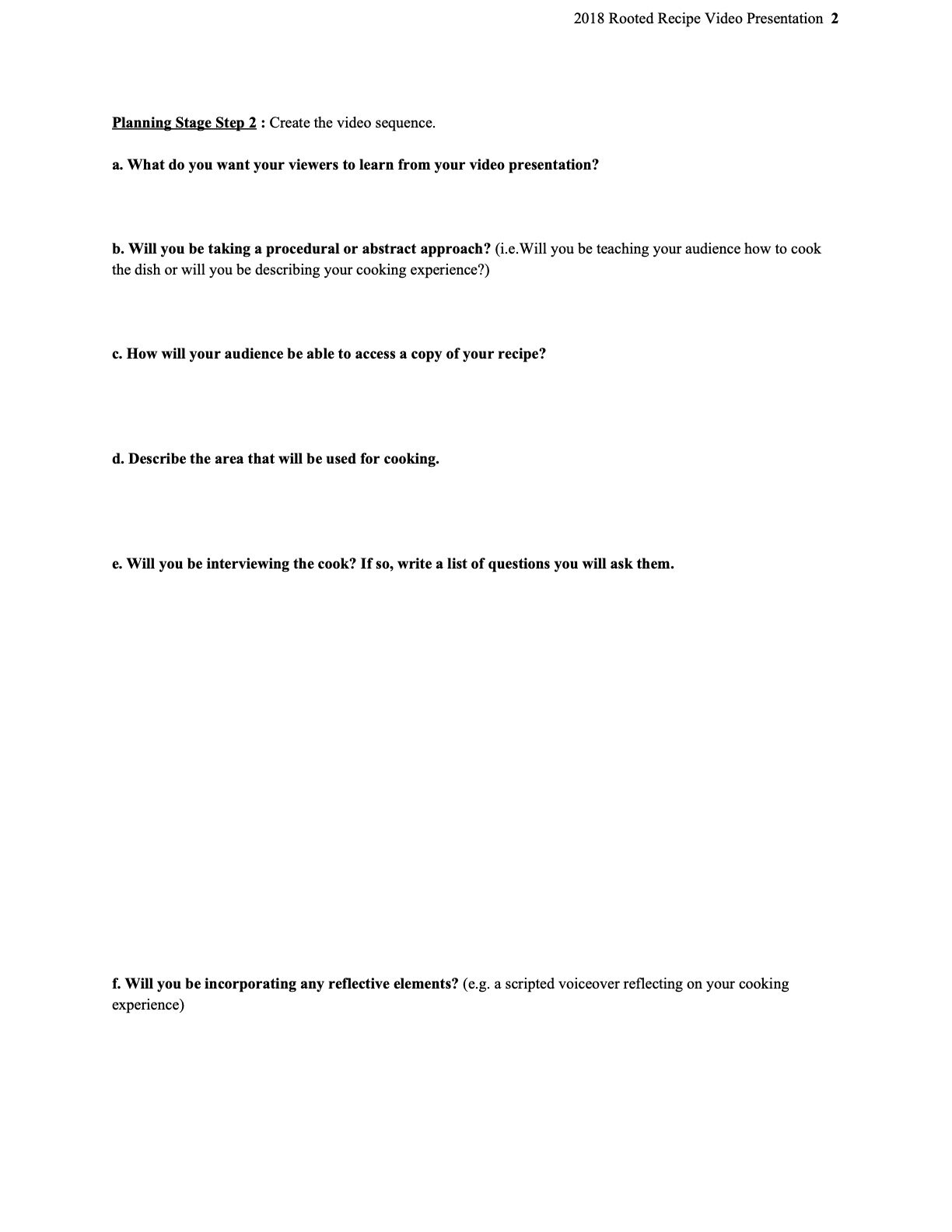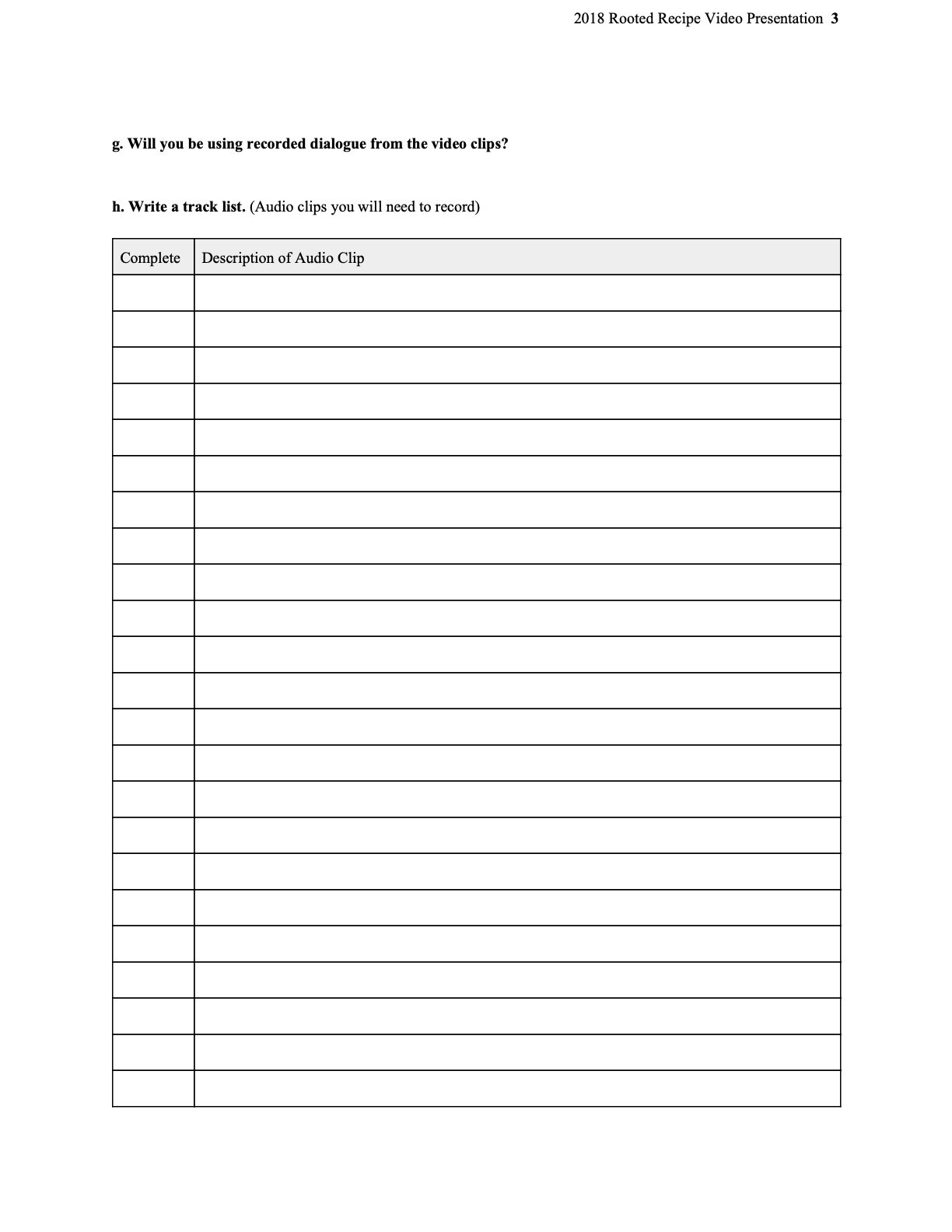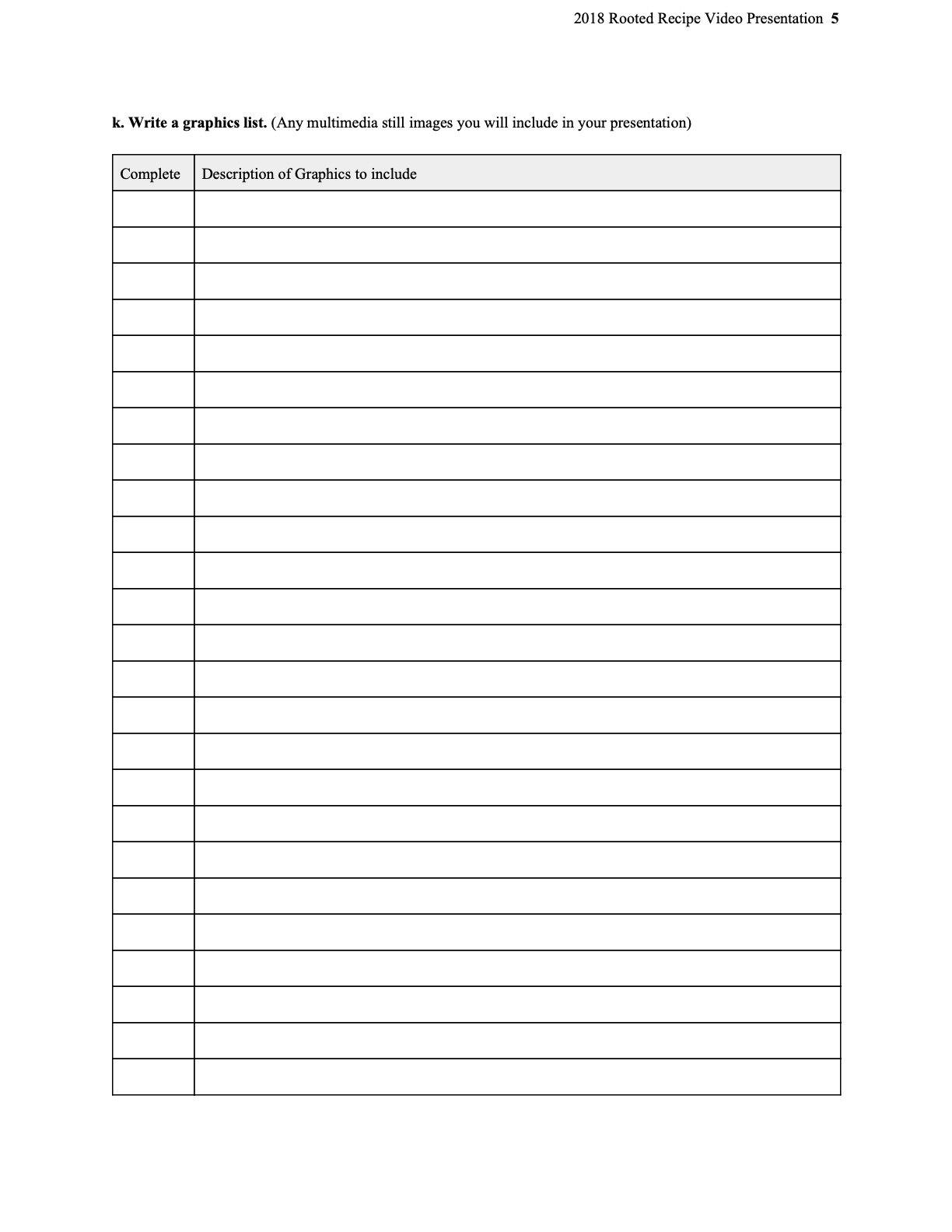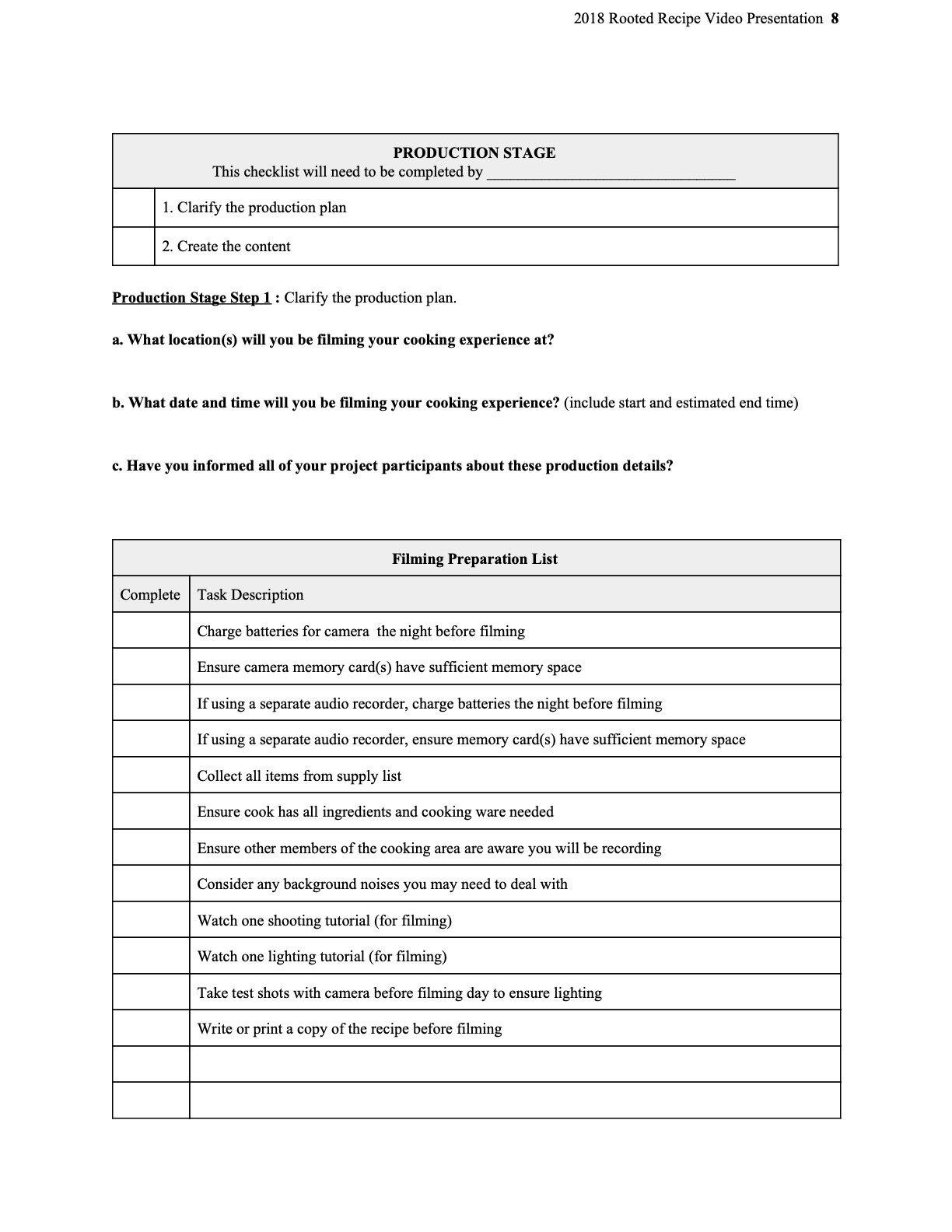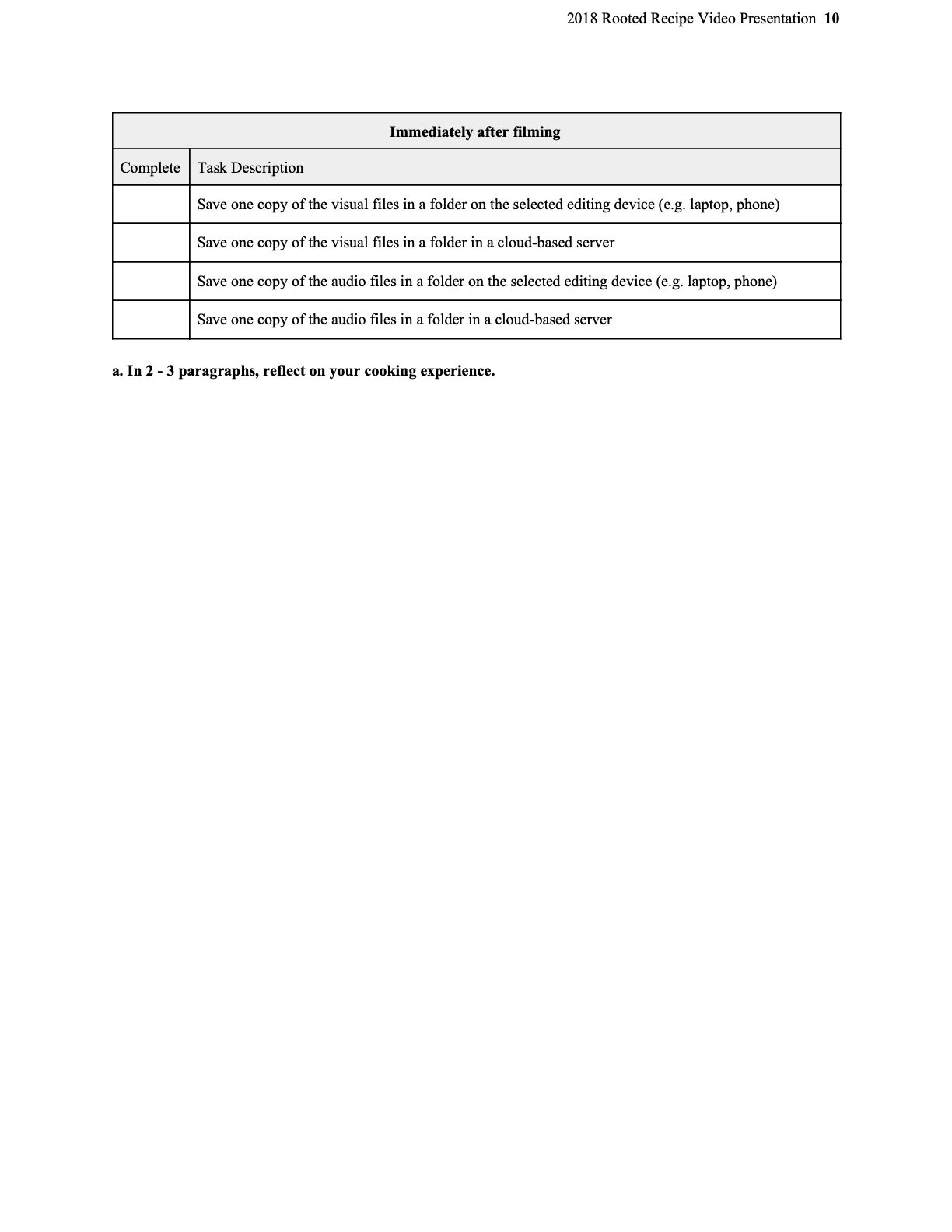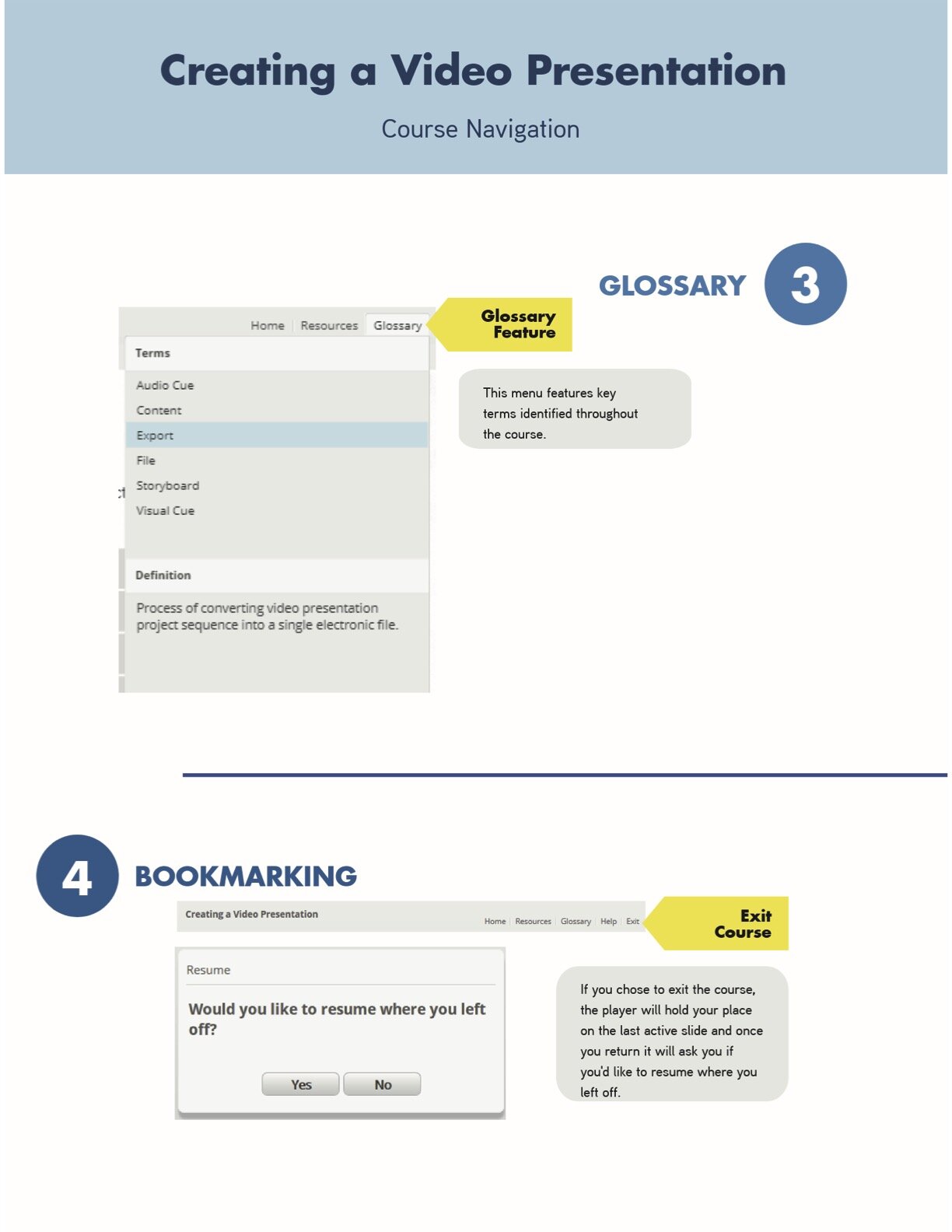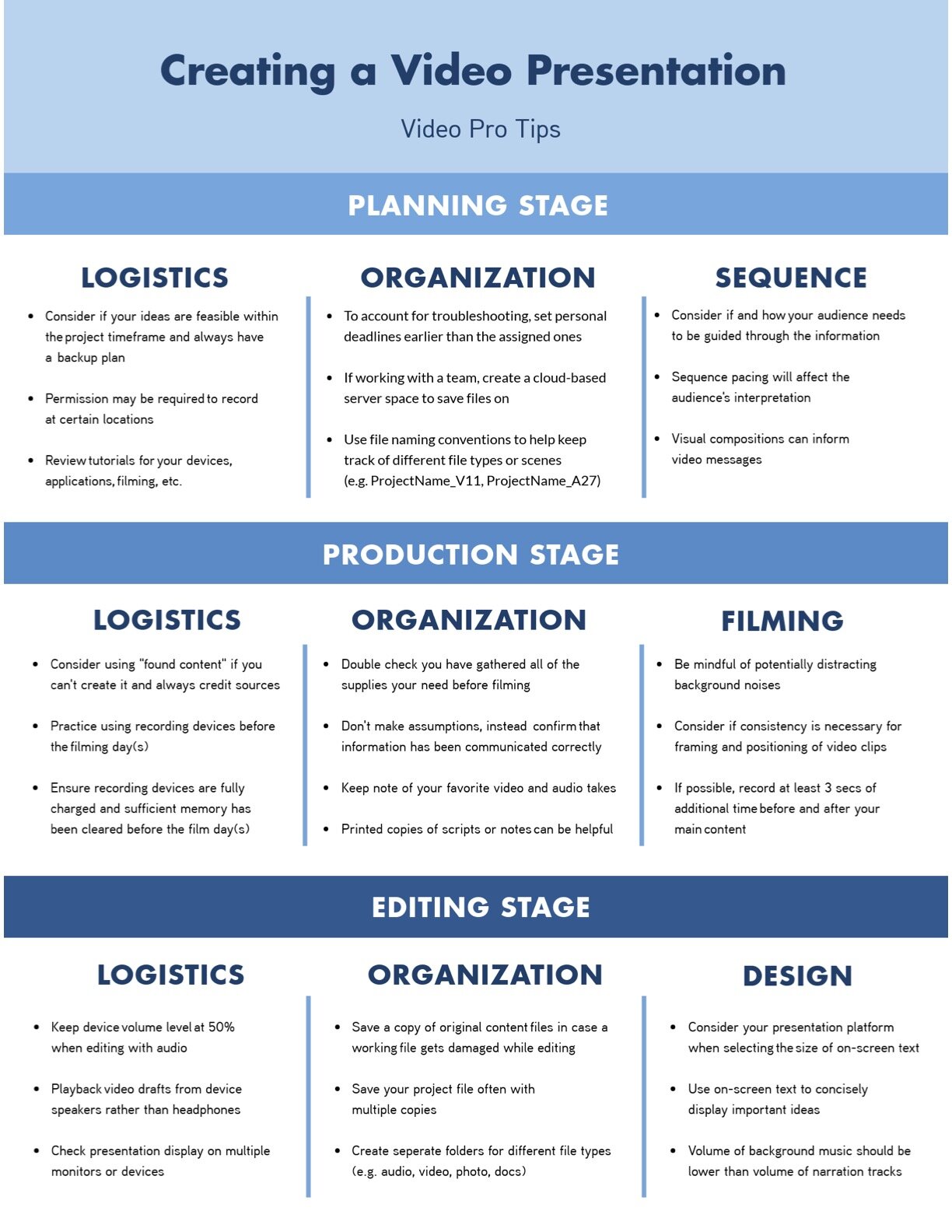







Our 2nd Pregnancy
We always knew we wanted to reveal our pregnancy in a fun way, but we also knew long before that we wanted to wait to share the news with everyone until we reached 6 months. In February 2023, we had a very short lived pregnancy (Learn about Mary Anne’s 2023 pregnancy reveal to Joe here). We only knew we were pregnant for about 2 weeks before miscarrying during a work trip I had to the East Coast. Most people tell me I downplayed the experience. I typically believe everything happens in it’s own time, but most of all… I knew of many stories from family and friends that were far more tragic than what we were experience. So for better or worse, that got me through the experience alongside having a really great work trip at the same time. Had I just been at home while it was happening, maybe it would have played out differently, but I actually had a really great distraction at the time.
+ A Depressing Start
Though we are extremely excited for her to arrive now and it was an expected pregnancy, there were some mixed feelings at the start. We were excited to learn we were still fertile, but it wasn’t long before the numbers and other logistics had started flooding back in for me. We thought we did a bit of research the first time, but it turns out not nearly enough in my opinion. Also, I had a very unpleasant first trimester. It wasn’t long before I started feeling stripped of my independence. I wasn’t able to eat what I wanted, do what I wanted, and now all of a sudden all of these big decisions had to be navigated around this new person who hasn’t even been so much as a thought for that long.
I experience quite a bit of unexpected depression to start and enough that it had me bouncing back and forth about whether we should terminate the pregnancy or not. All of a sudden things got “too real.” I felt like I had just started getting adjusted into this new life we made in Los Angeles, in my career, and other areas of my life. Although I recognize some people are able to make room for all of these things with kids, it didn’t feel that way for me.
The side of this internal dilemma fighting to keep the pregnancy was feeling pressure from not only my own biological clock, but the thought of time Joe and I have left with our parents. My dad passed away in 2014. At that time, he only had 3 grandchildren with the first born in 2001. From the time of his passing up until today, there has been nearly 1 new grandchild born per a year giving us a total of 12 grandchildren (not including our pregnancy). I’ve often thought about how happy my dad would have been to meet everyone and how I want our kids to have a chance to get to know their grandparents.
Although we found out about this pregnancy on November 15, 2024, we limited how many people we shared the news with because we knew it wouldn’t be long before an influx of questions, requests, and advice started flooding in. Everyone would tell us how great of parents were were going to be and couldn’t wait for us to have kids. So the last thing I wanted to do was attend to other people’s questions and comments while we were still trying to figure out if we wanted to keep it or not. Admittedly even now, I sometimes find it hard to fantasize about life with kids in the future while not mourning the additional childless years I had imagined for myself.
As we started sharing the news, the commentary, touching of my belly, requests for photos of my belly started pouring in as expected and it all felt so suffocating. Everyone was ecstatic, curious, and celebrating and I was doing my best to join the party. Thus the paparazzi reveal concept was born…
The Paparazzi Concept
Living in Los Angeles and working in entertainment, coupled with the fact that everyone kept asking me for belly photos, led us to the idea of doing paparazzi style photos. So I googled pregnant paparazzi photos and came across a spread of Rihanna and A$AP Rocky. Per usual, they were dressed so fly and from then on it was a wrap. Here are the photos we initially drew inspiration from:
Sourcing Outfits
I would have done all those outfits if we had the budget. I don’t shop for clothes that often anymore so sourcing the outfits was probably one of my favorite parts of this project.
We were originally just going to do the superbowl photo, but they had so many great outfits we couldn’t just do one. My next choice was the silver lattice patterned one because I instantly thought… I can make that with foil!
I also knew I wanted to do more paired photos with Joe rather than solo ones of my own.
Shamefully, we ended up doing what quite a few people do in the fashion and photography industry, which is buying and returning clothes. I also sourced a lot of my outfits from fast fashion stores however, which don’t always have forgiving refund policies, so most of our returns were for Amazon products. We did end up investing and keeping a few quality pieces like Joe’s denim Carhartt jacket though.
Production
We originally collected quotes from a professional photographer, makeup artist, stylist, etc. The project was estimated to cost around $3k plus. I thoroughly believe in supporting artists and didn’t want to ask anyone for a discount, but I also had to come to terms with the fact that we couldn’t afford to spend that much on something that was ultimately going to live on social media alone. So we decided to attempt the hefty task of doing it ourselves.
The team included myself, Joe, and our dear friend Kellie Corbett. Kellie is a makeup artist, a service I was set on having. She’s also great with styling and details so I figured if I was able to source the clothes myself I could count on her to help make sure it was replicated well in the shot. One of the biggest sacrifices was attempting to shoot it without a professional photographer.
We have a DSLR camera of our own and have shot our own photos before. Joe was confident about shooting the solo ones of me and the paparazzi ones were going to be a breeze lighting wise. We got some decent shots to get the job done, but we made a huge ask in requesting Kellie to shoot for us. We made sure to get some on both our phones and the DSLR just in case.
Schedule
Being that we were working with a skeleton crew, 2 of whom were subjects in the photos lol, I wanted to do a brain dump of all the tasks we would each need to be performing and when. Especially since I knew I was inevitably going to to forget things in the moment. I created several iterations of the schedule starting with piling everything into 1 long day. We had a 2 day version, but eventually had to go with a 3 day version due to locations and schedules for both crew and the arrival of the products.
Day 1: 1st Paparazzi style photo
We were supposed to do both night paparazzi shots, but I didn’t have the foil outfit completed.
Day 2: LA River
This location was nearby, but we had to go early in the morning to get the right lighting.
